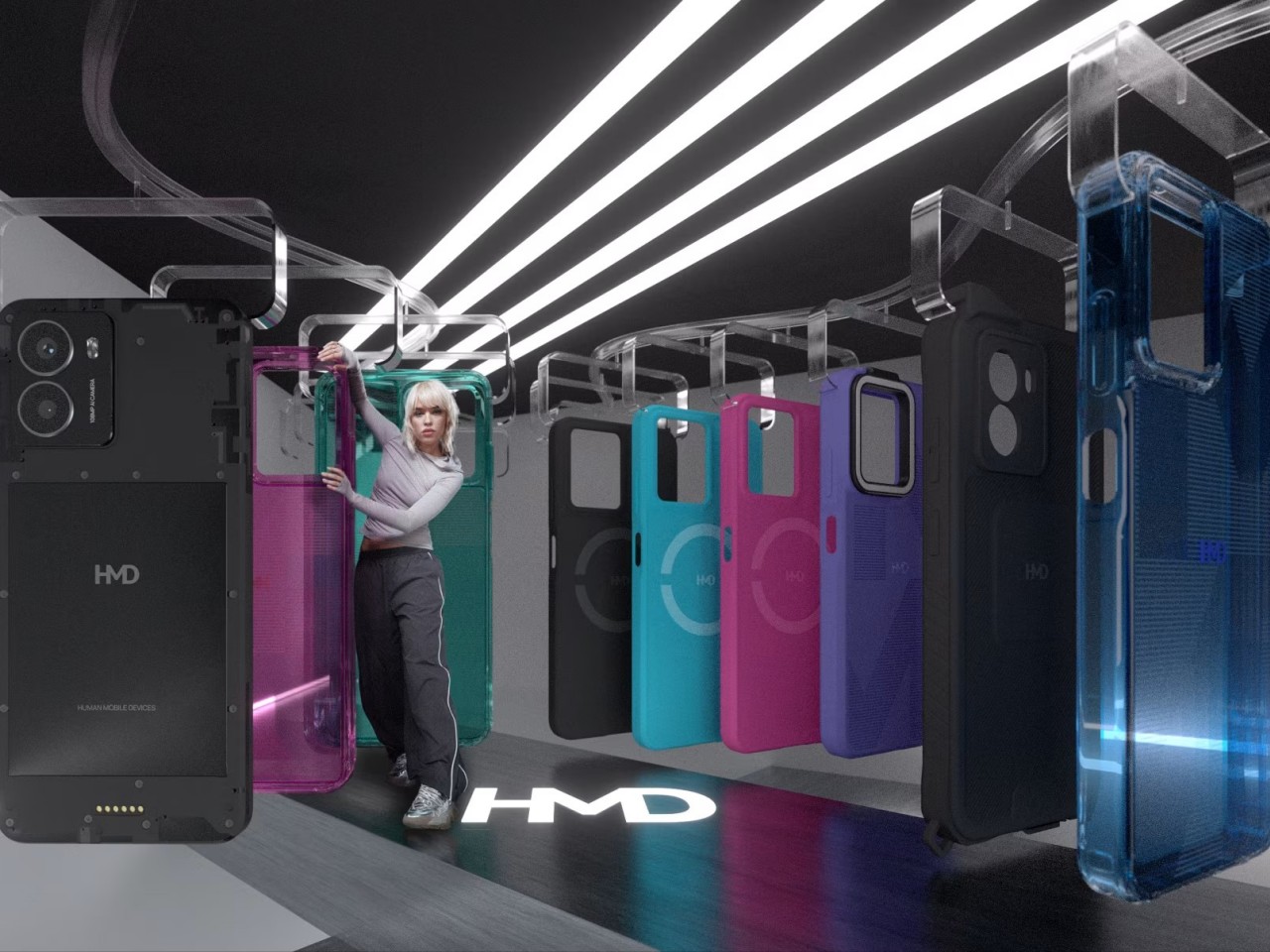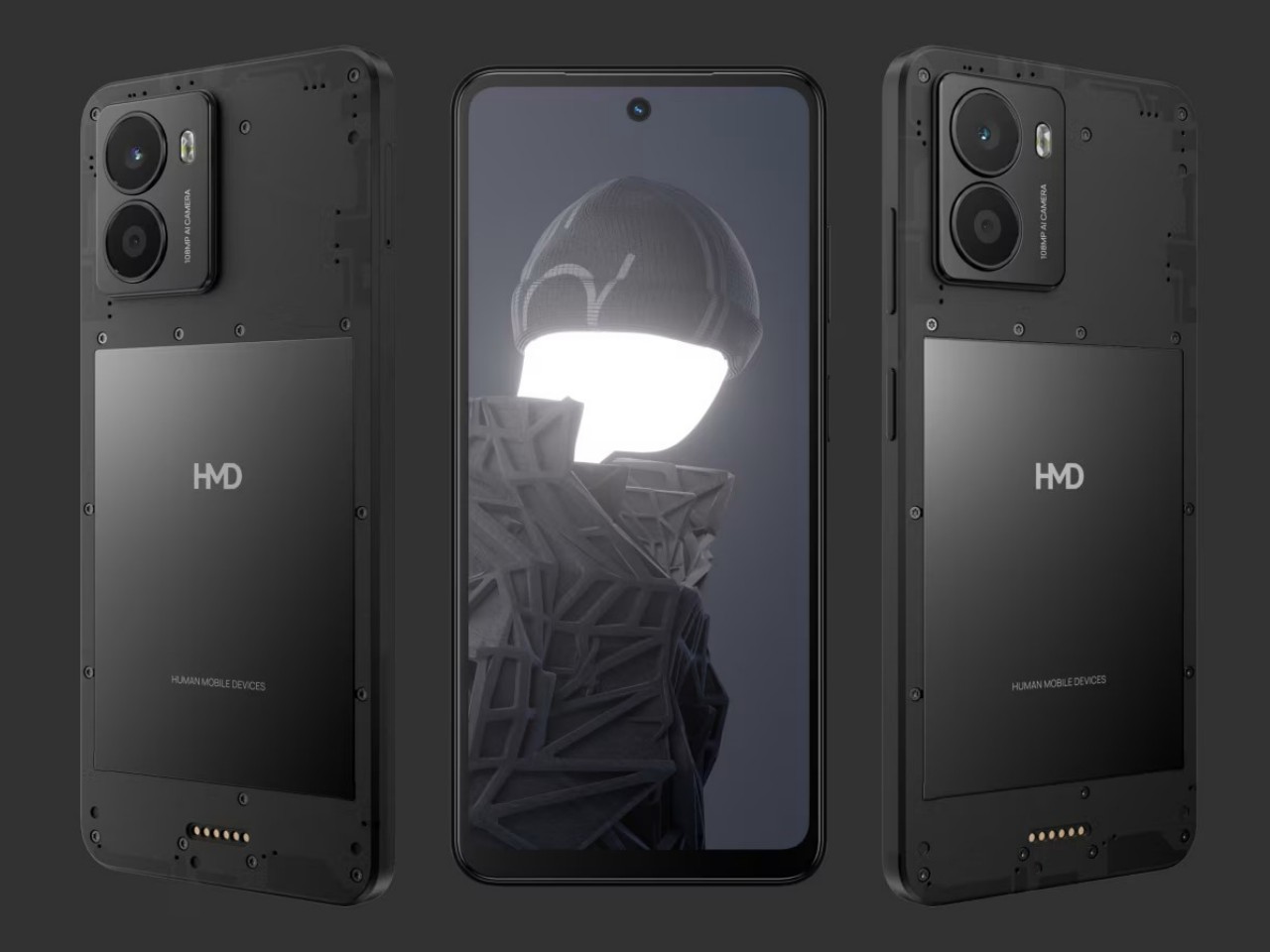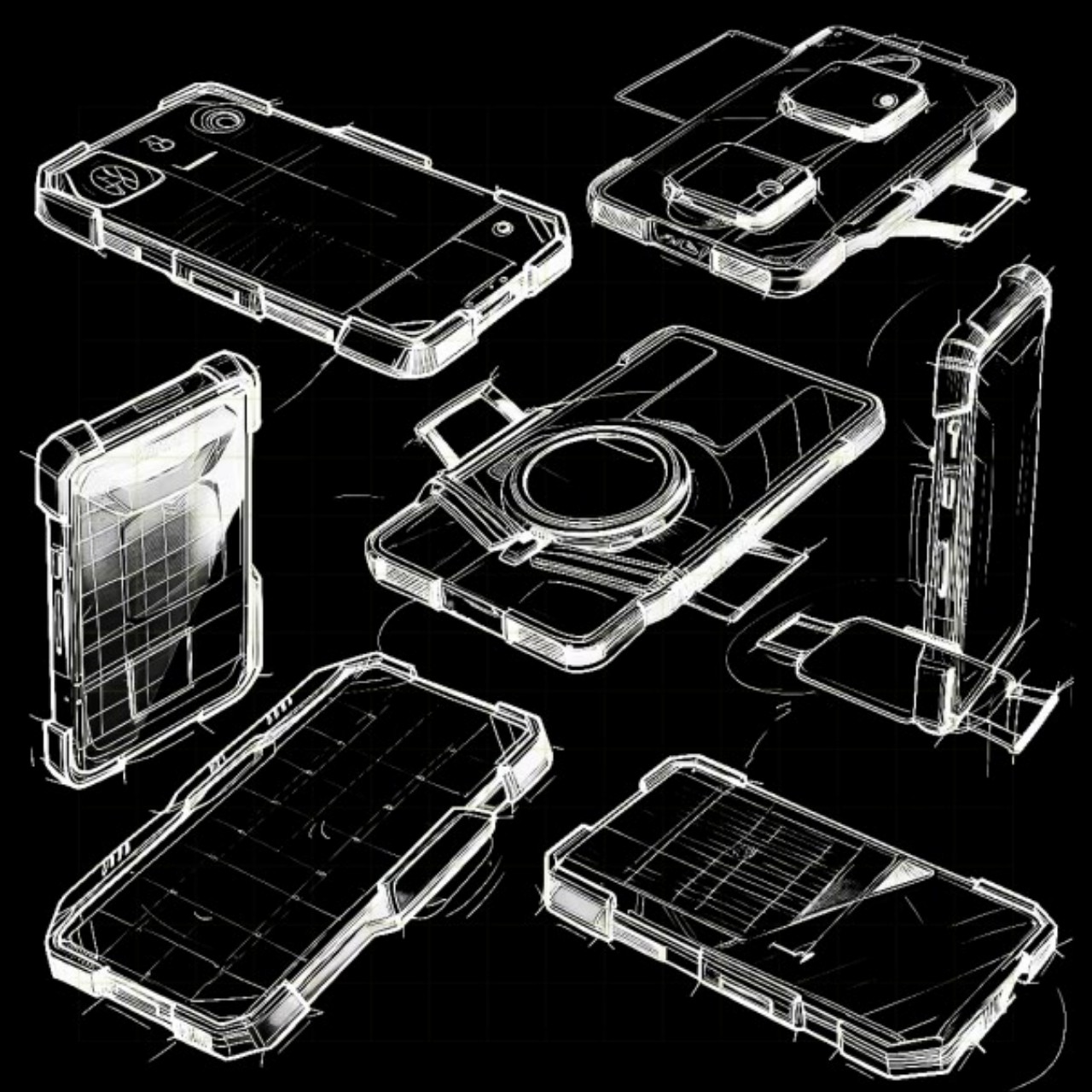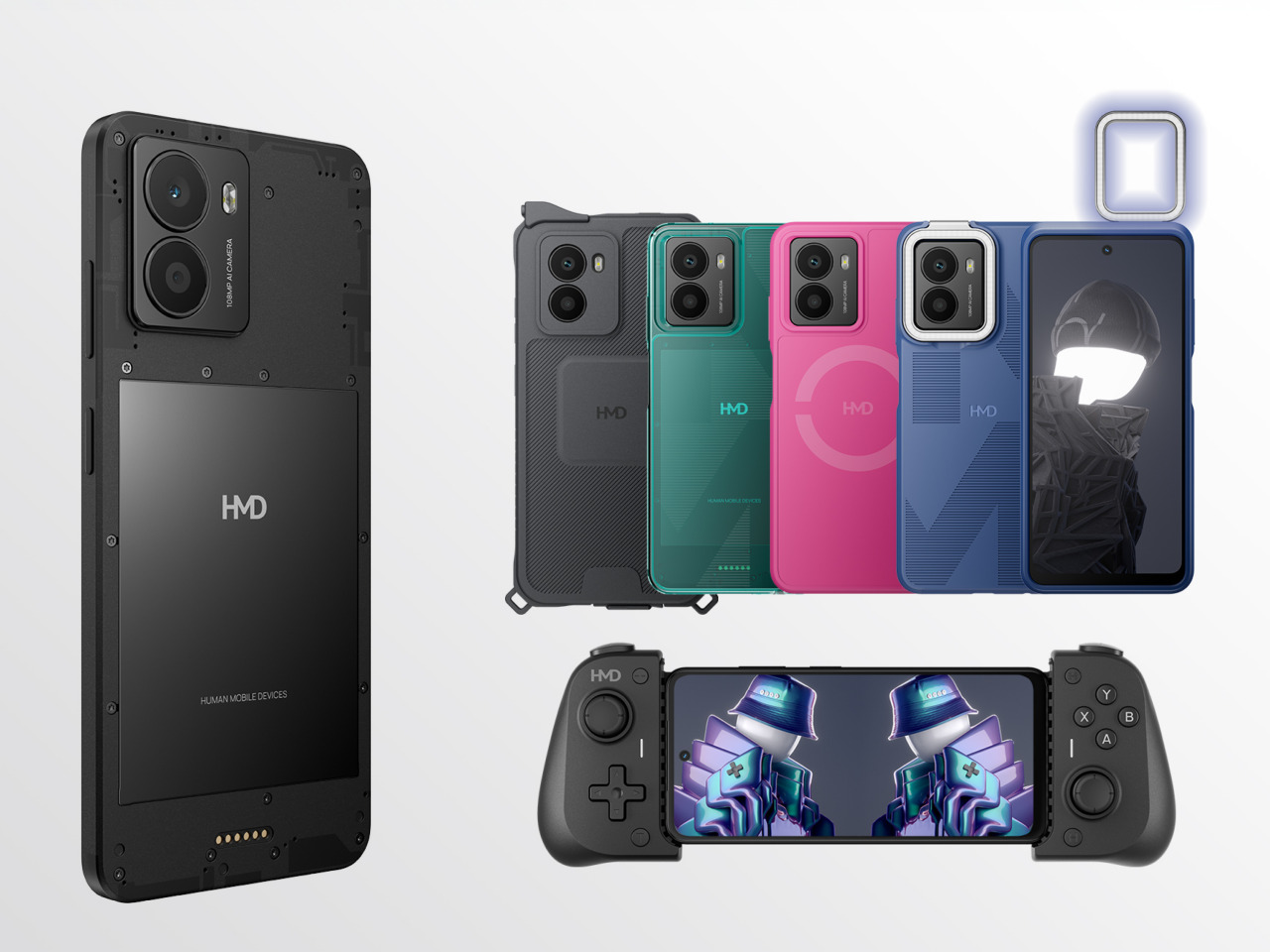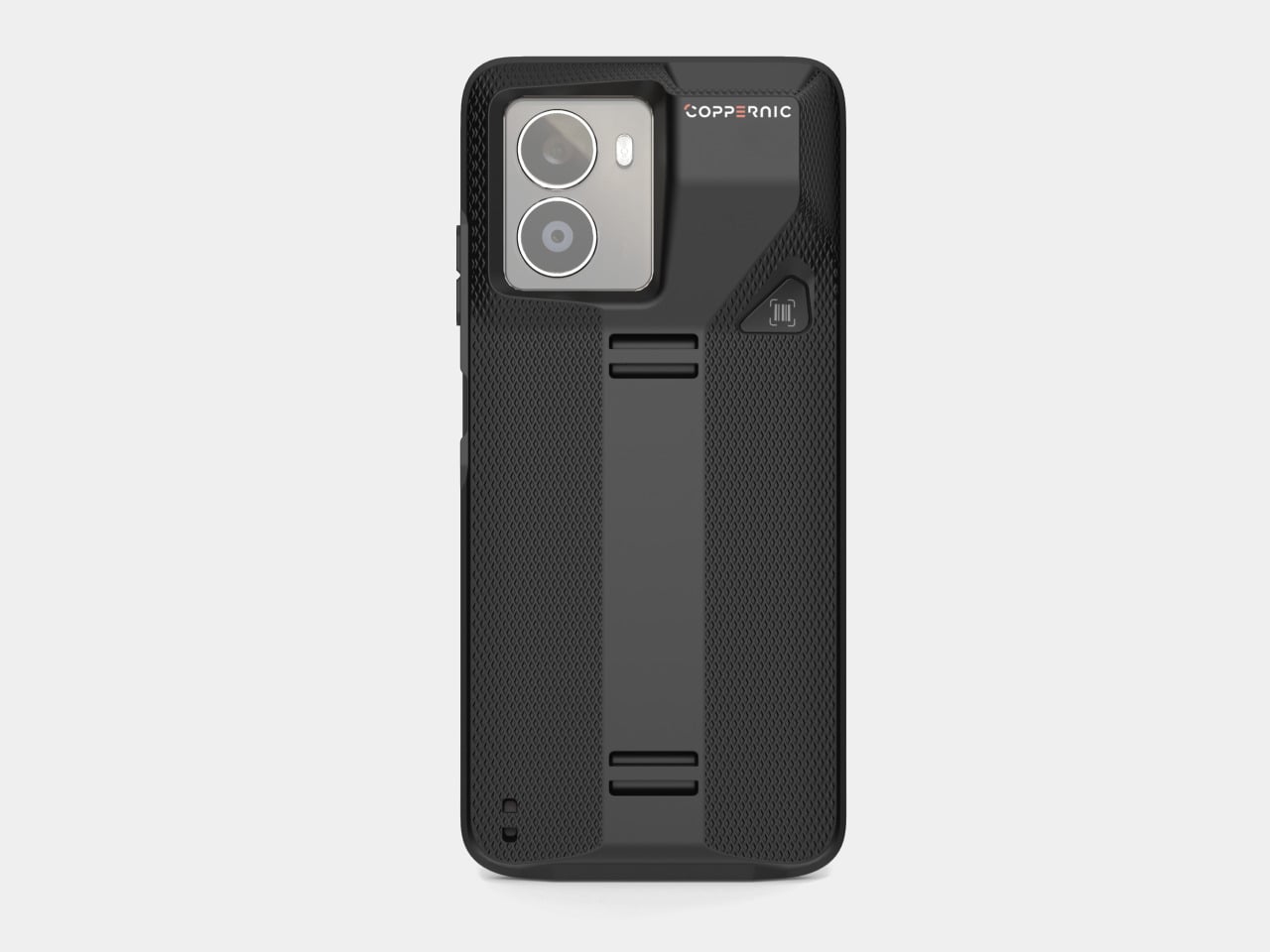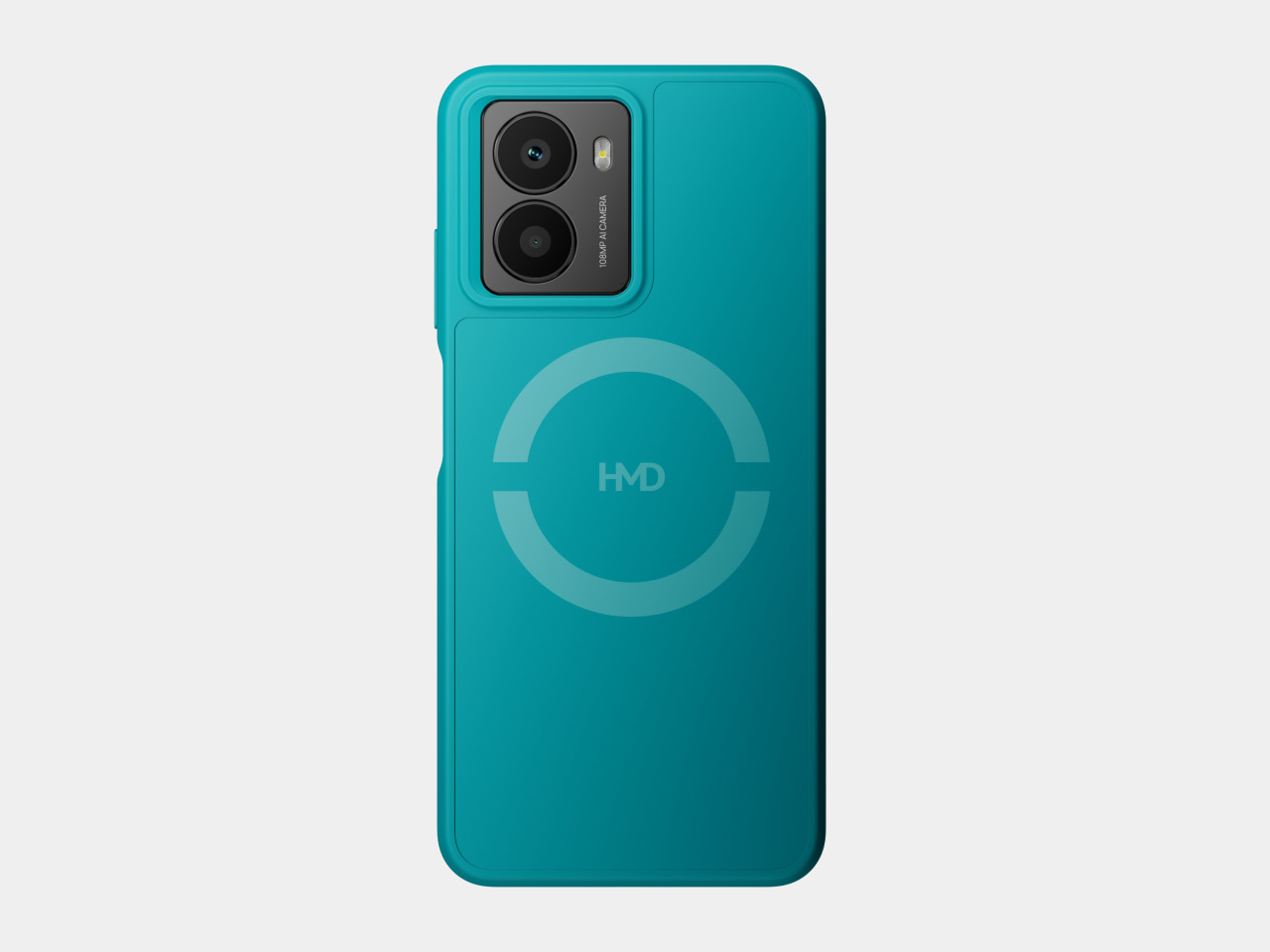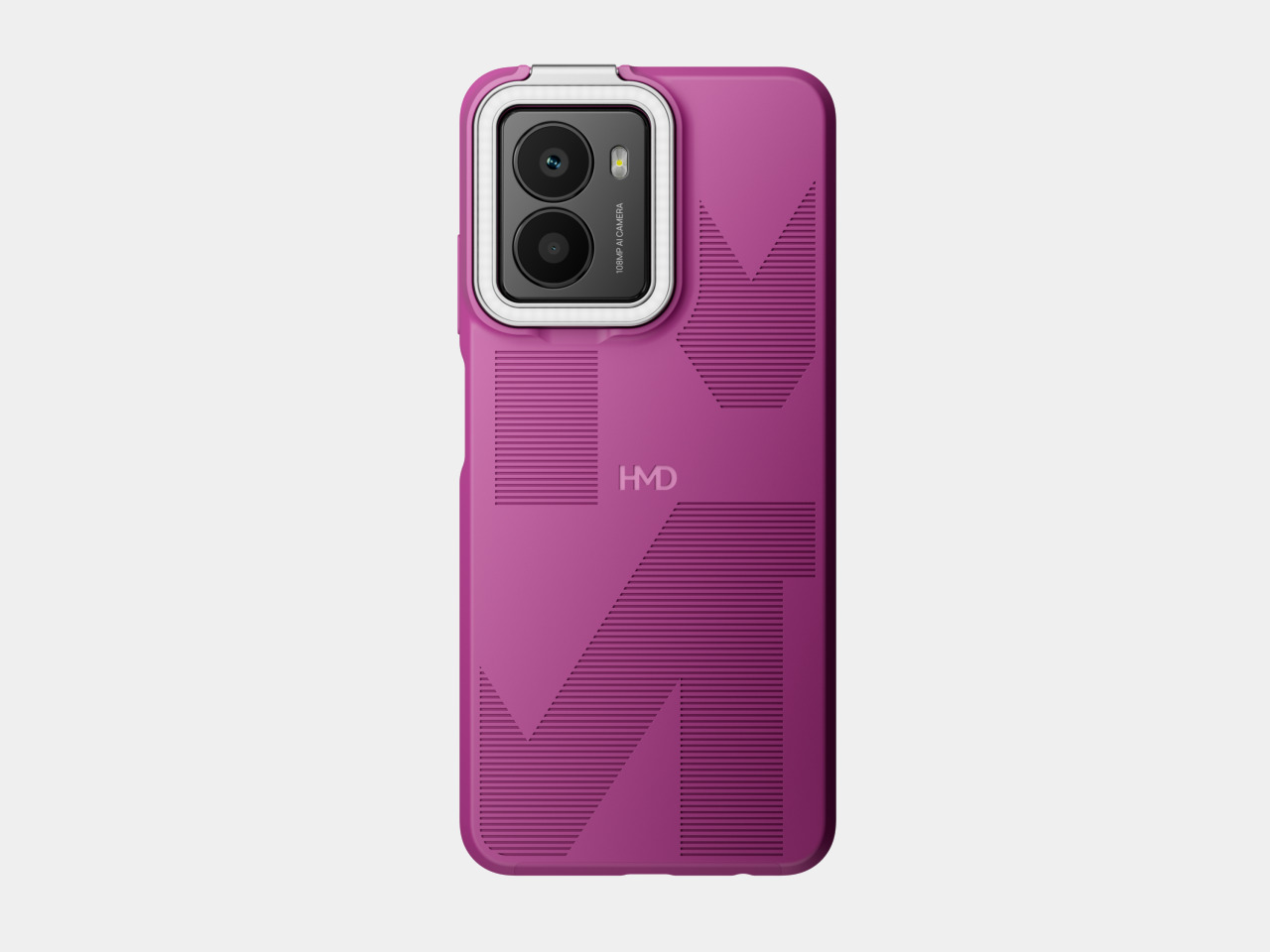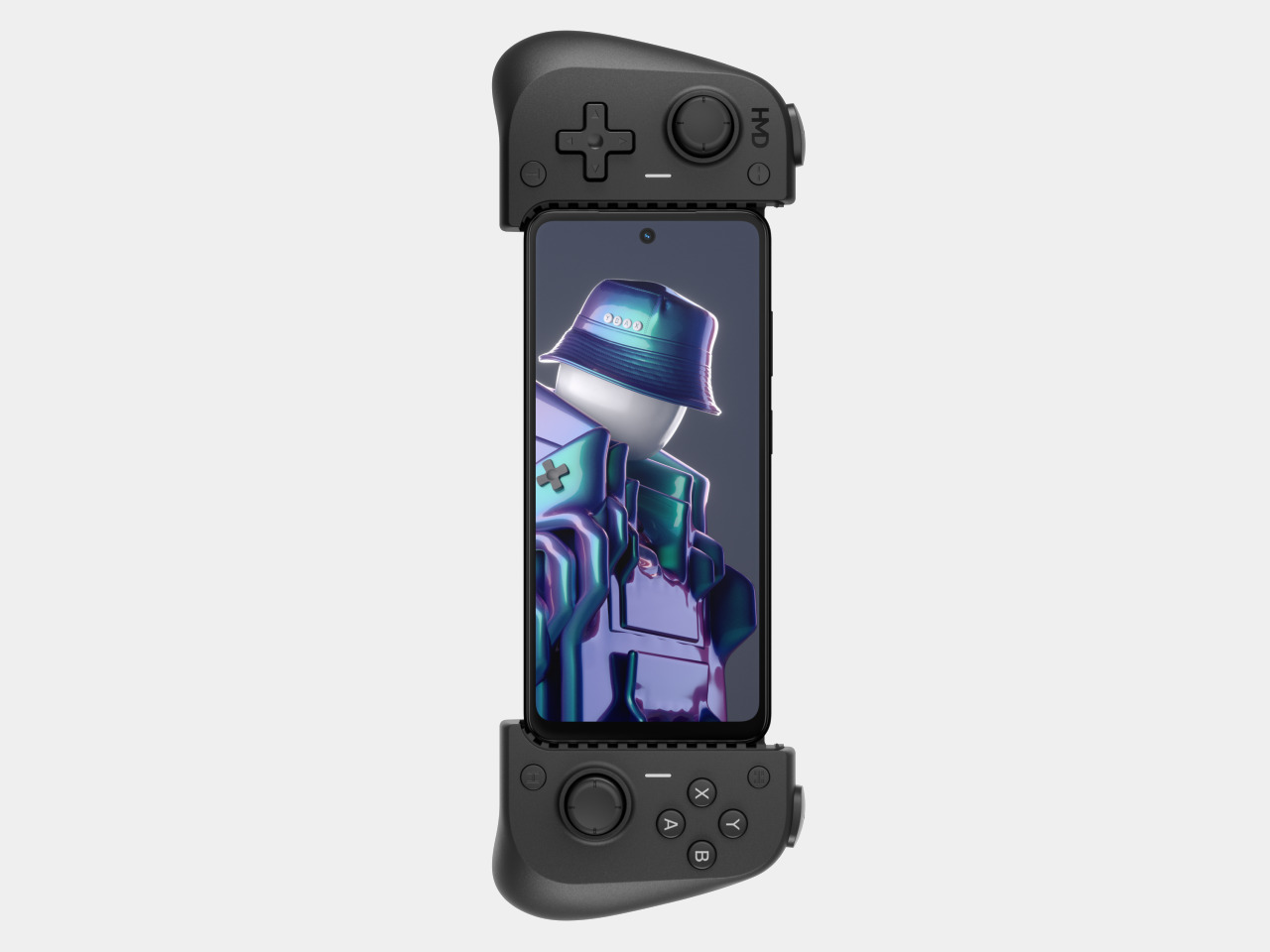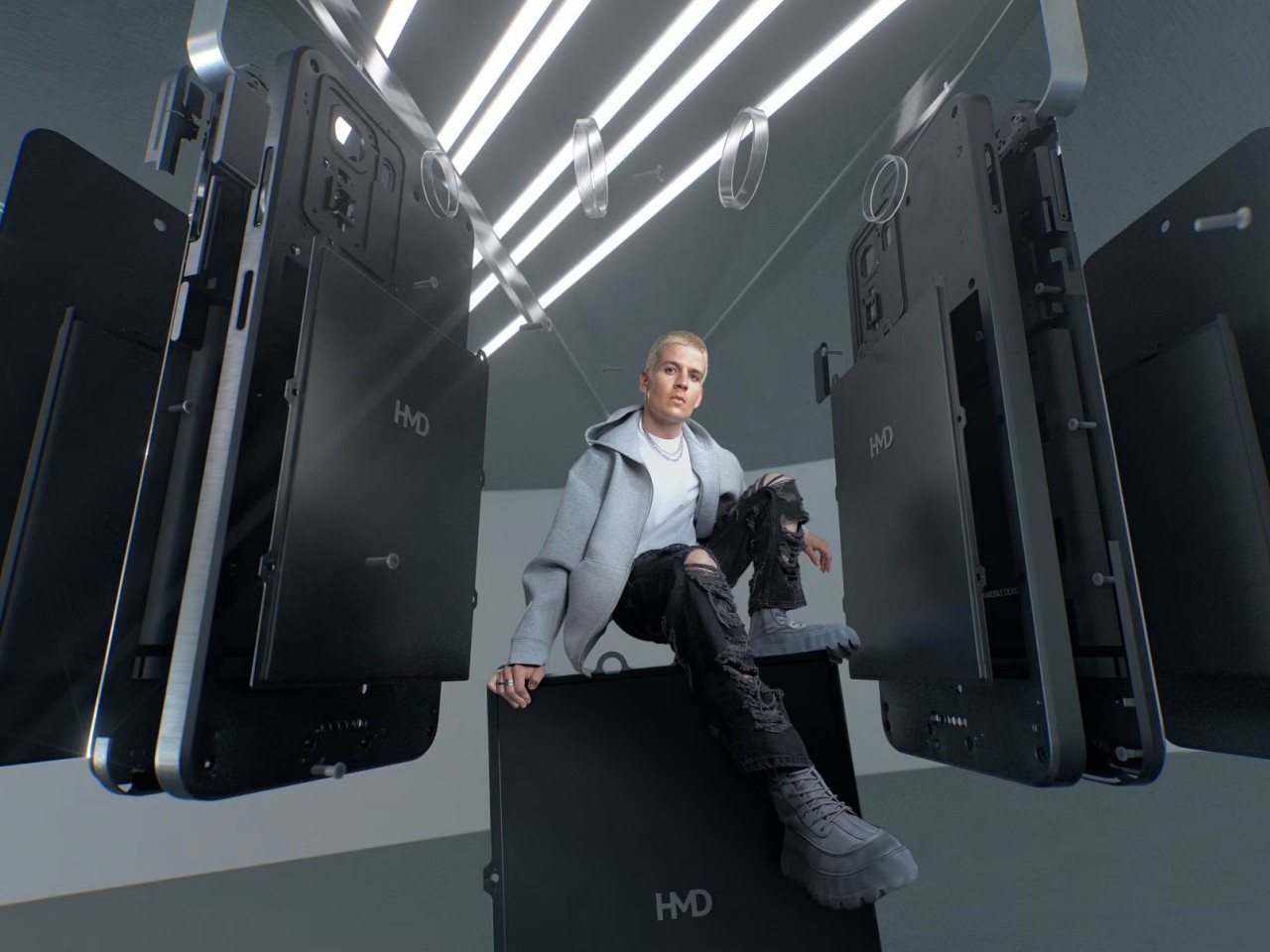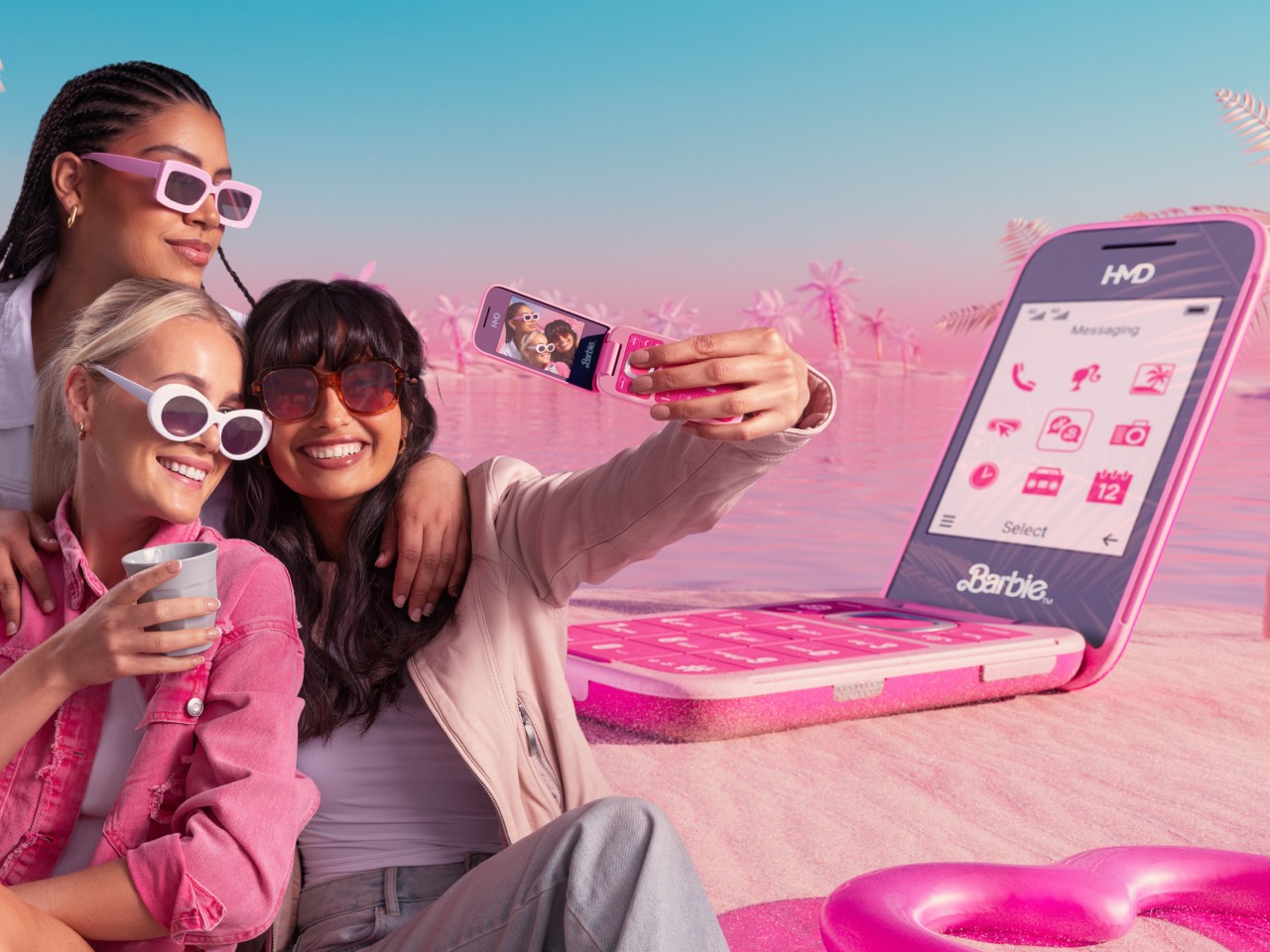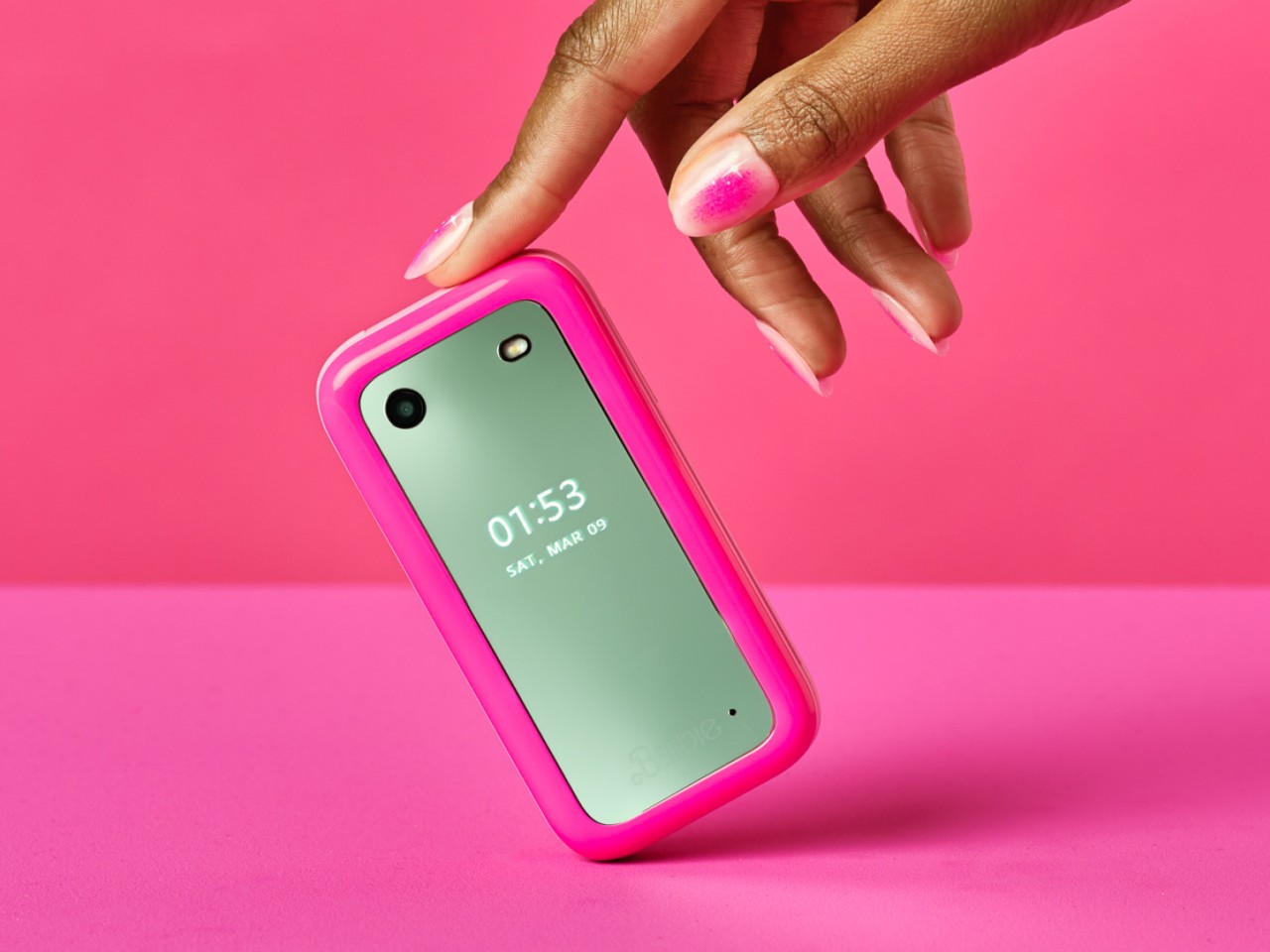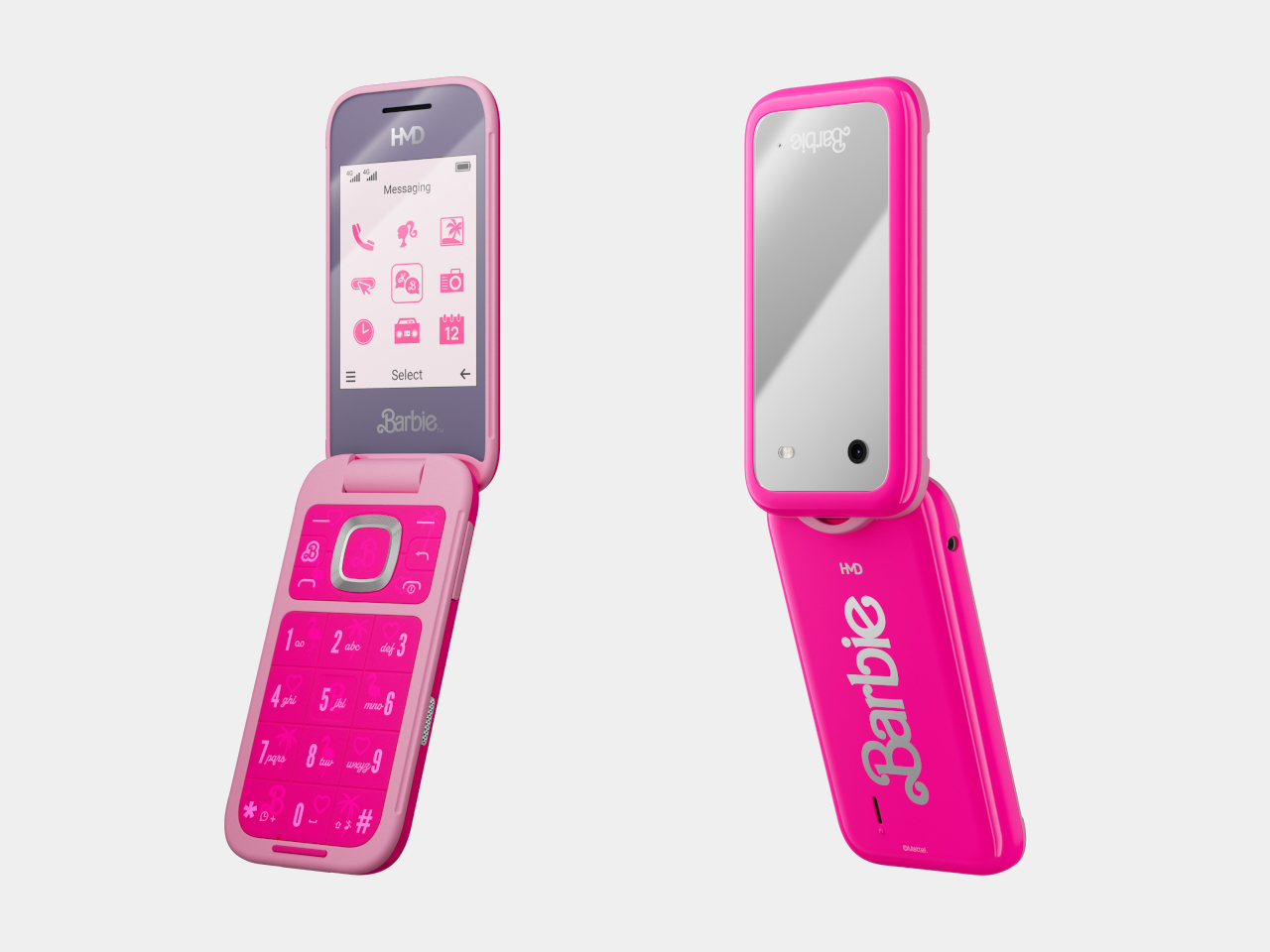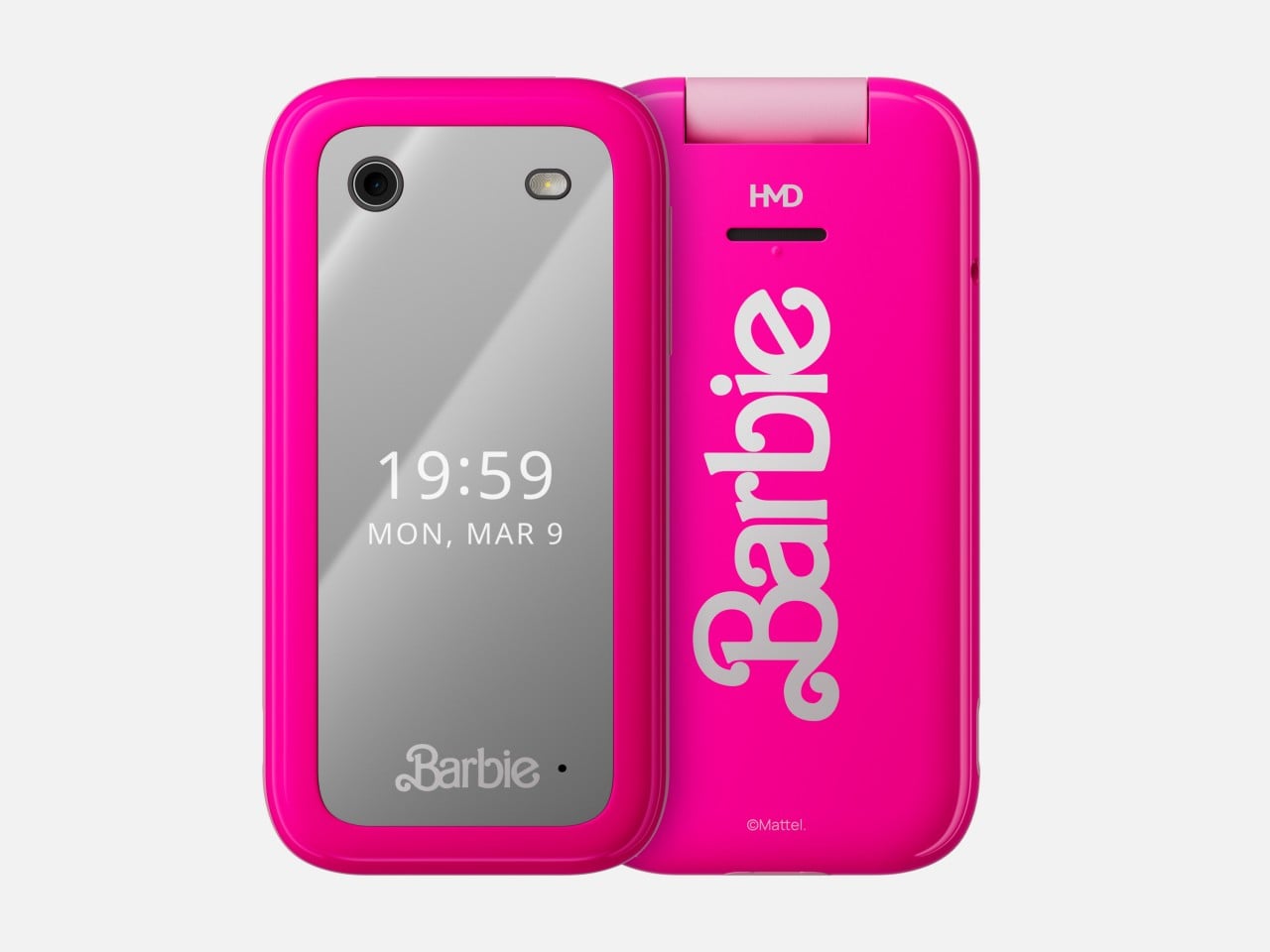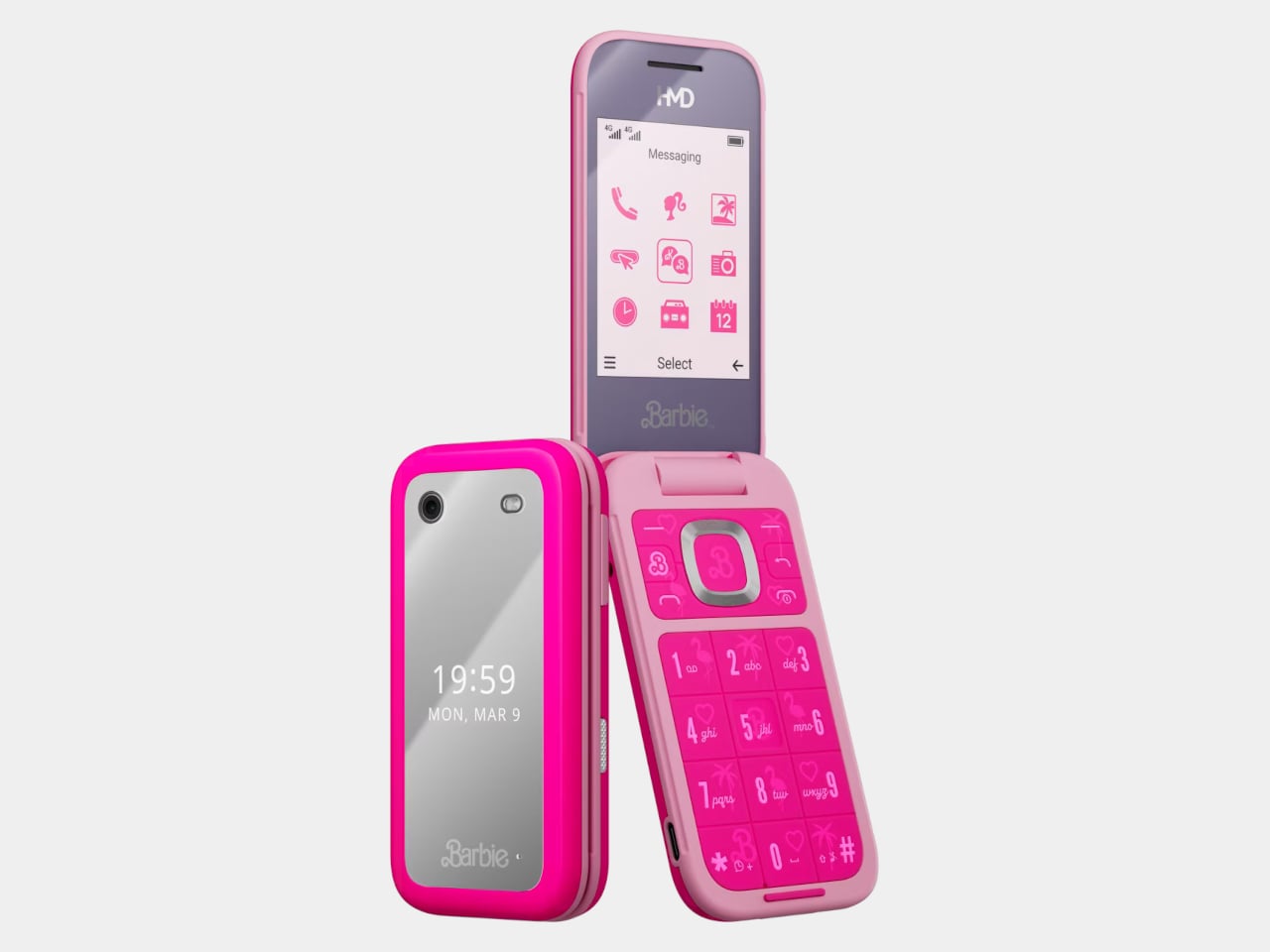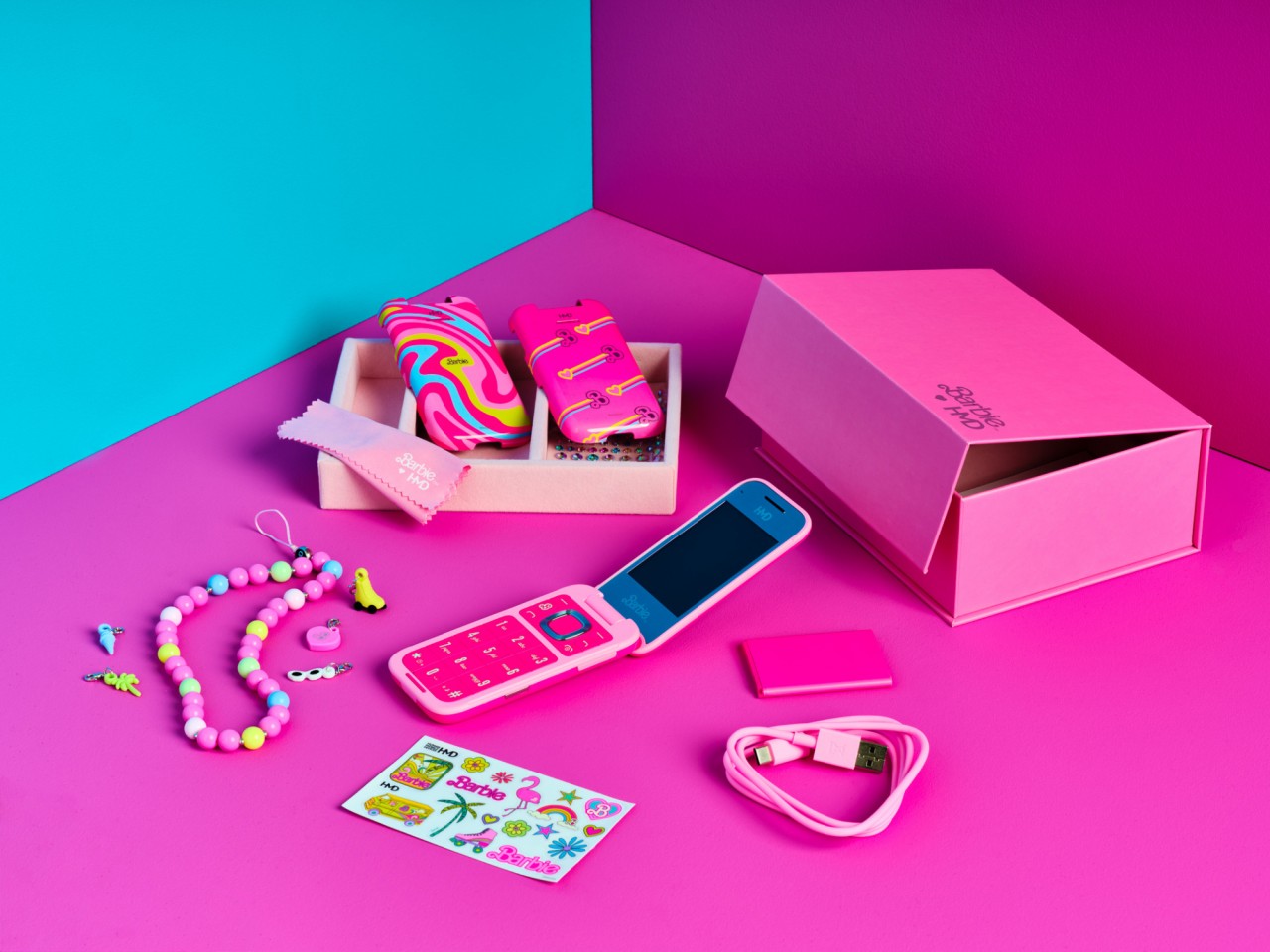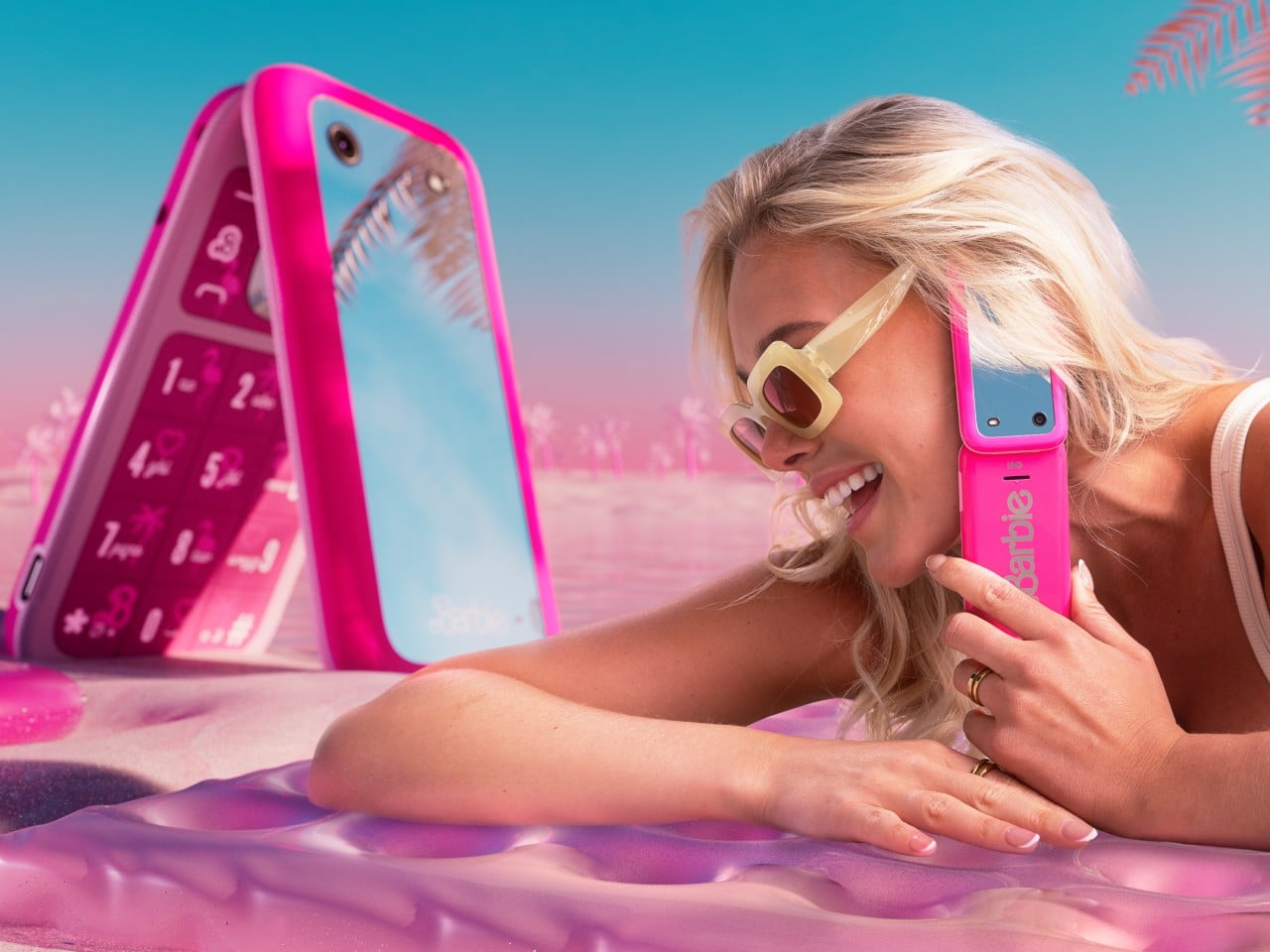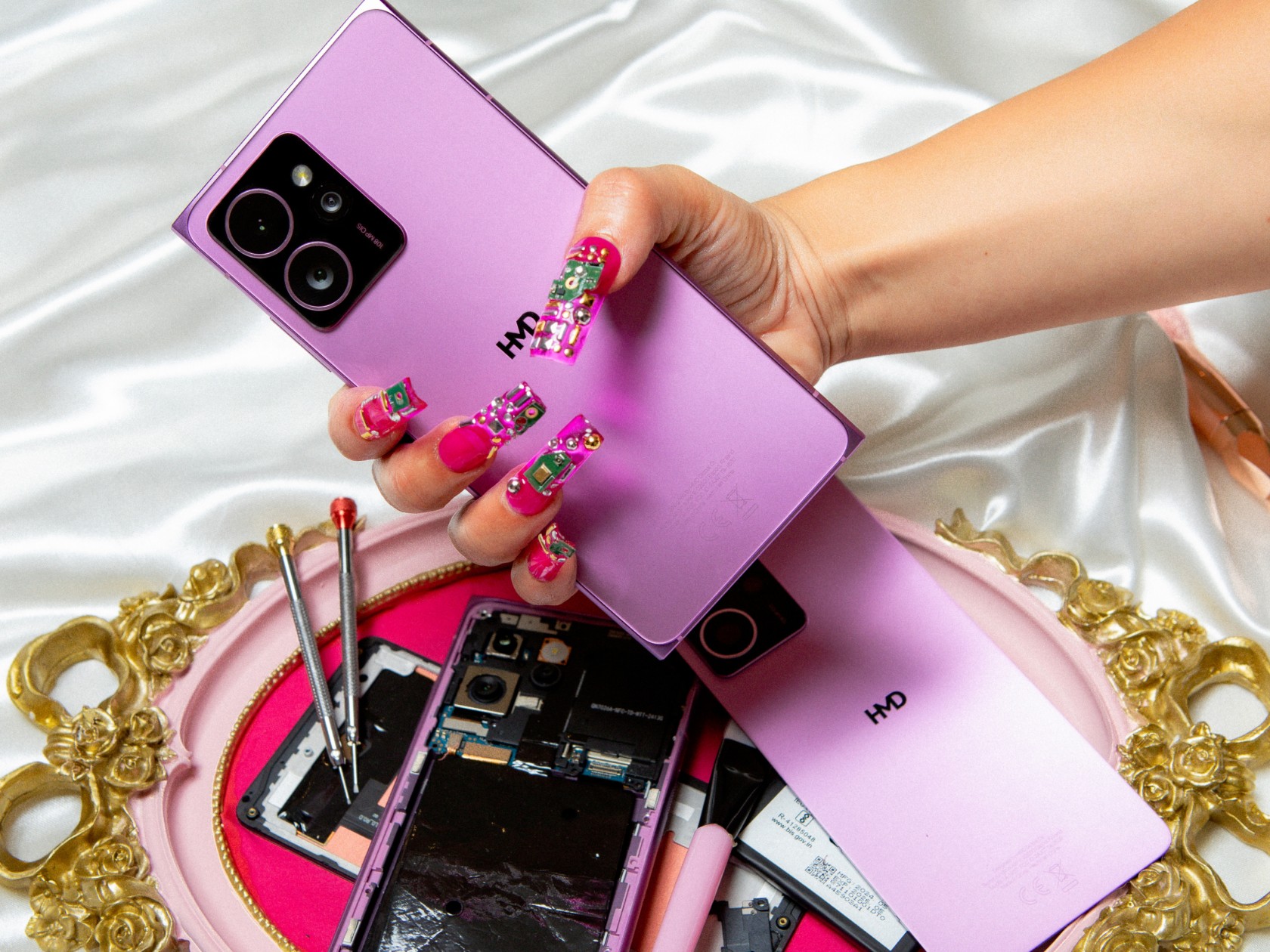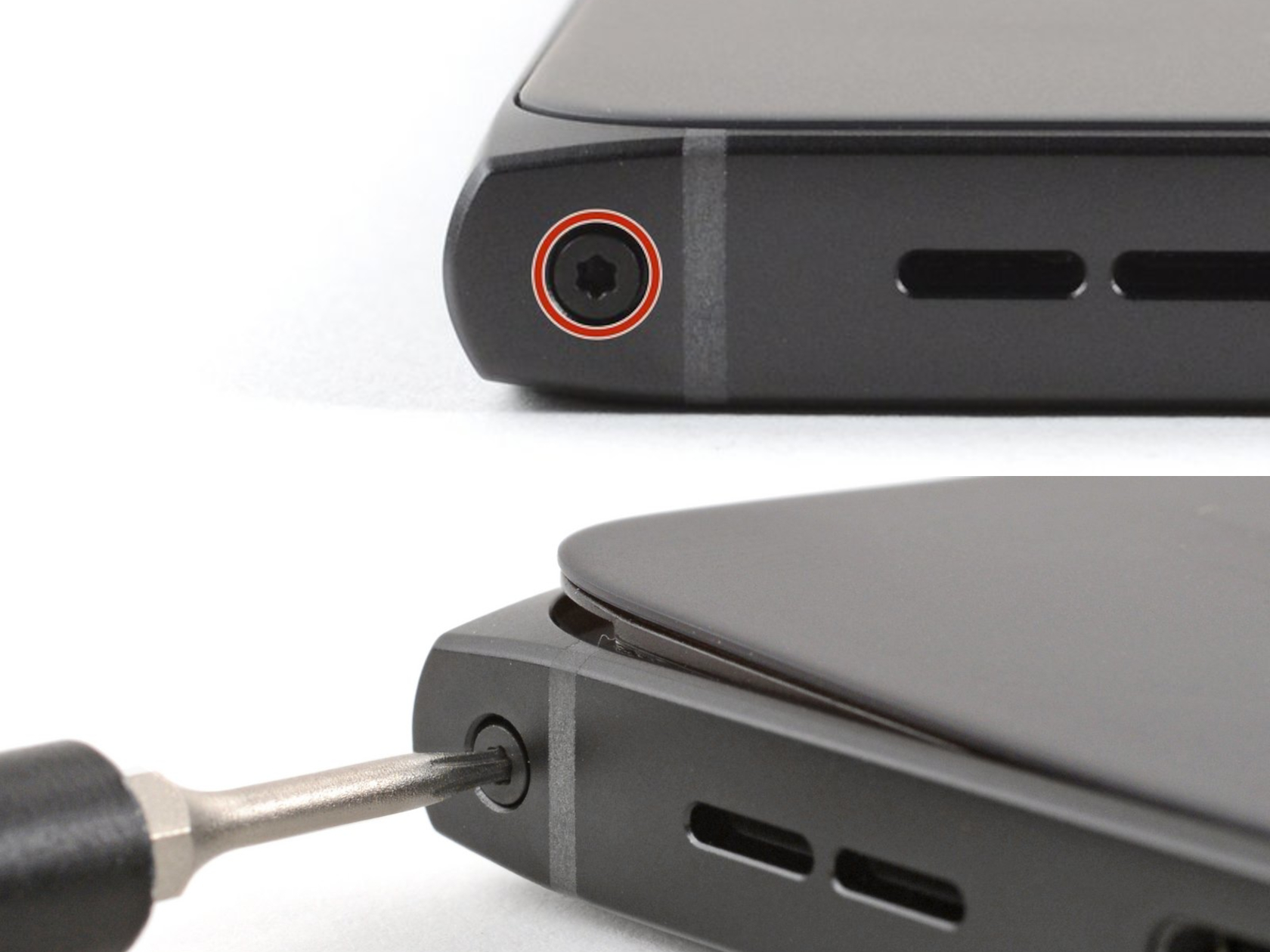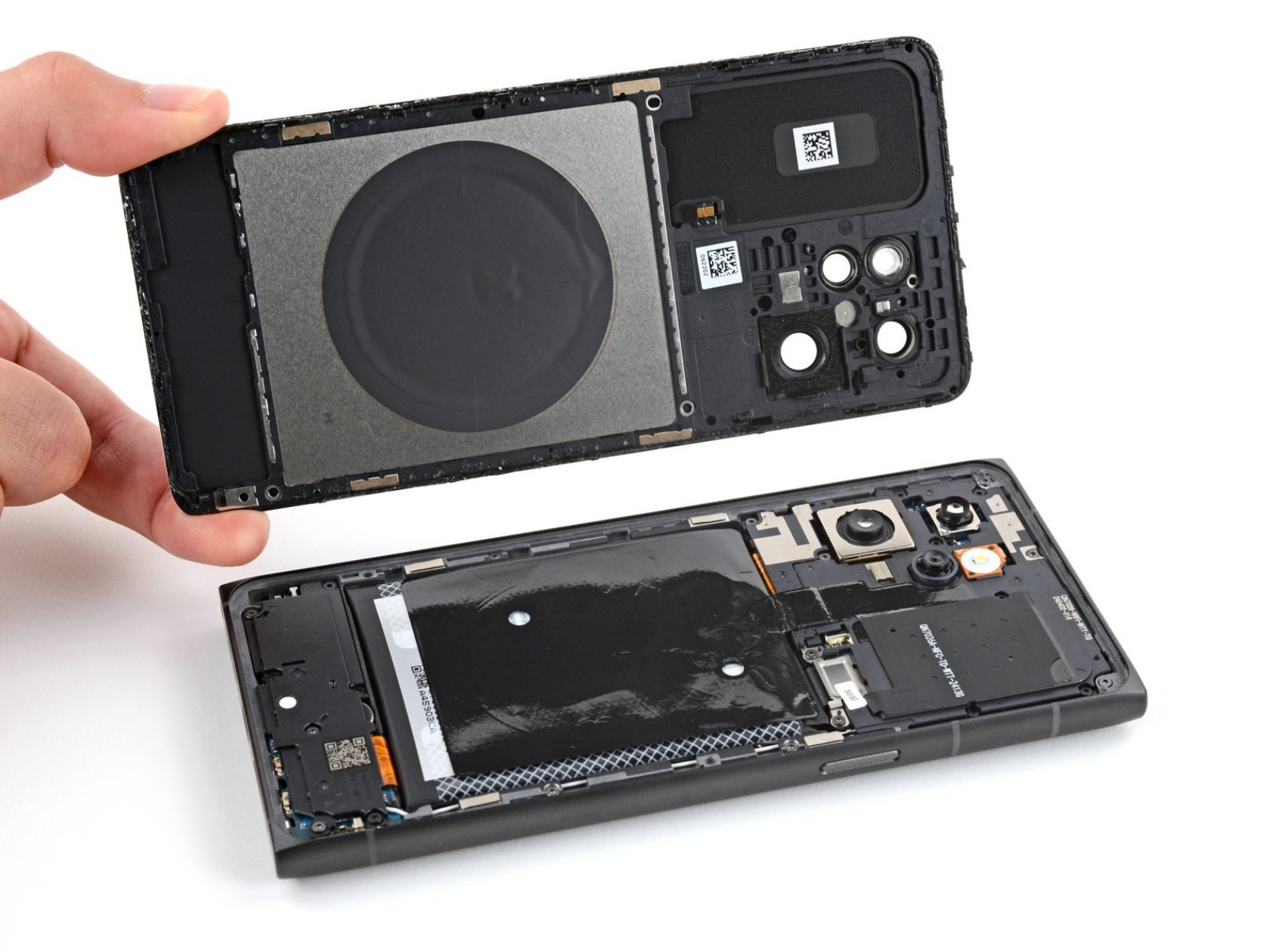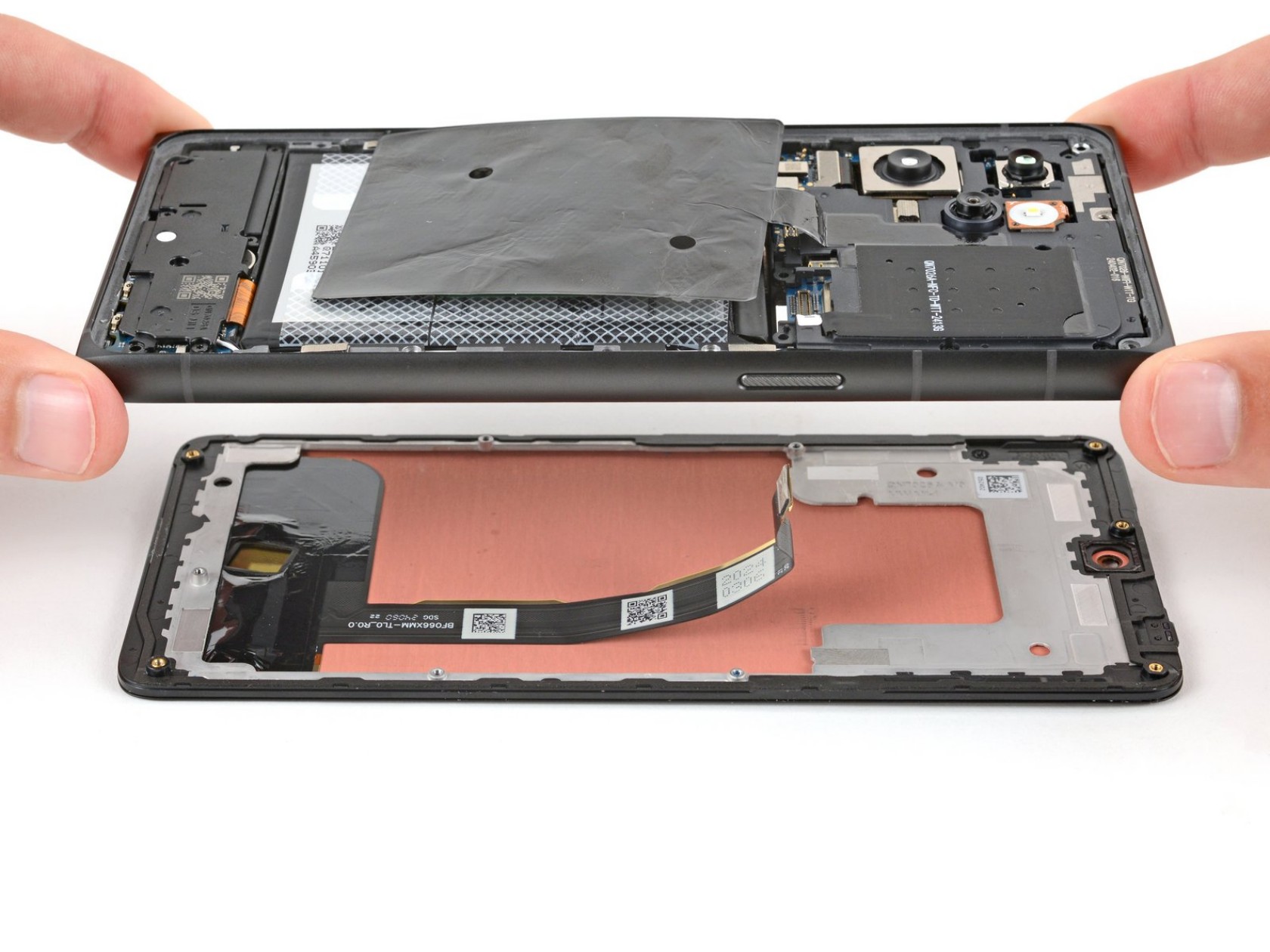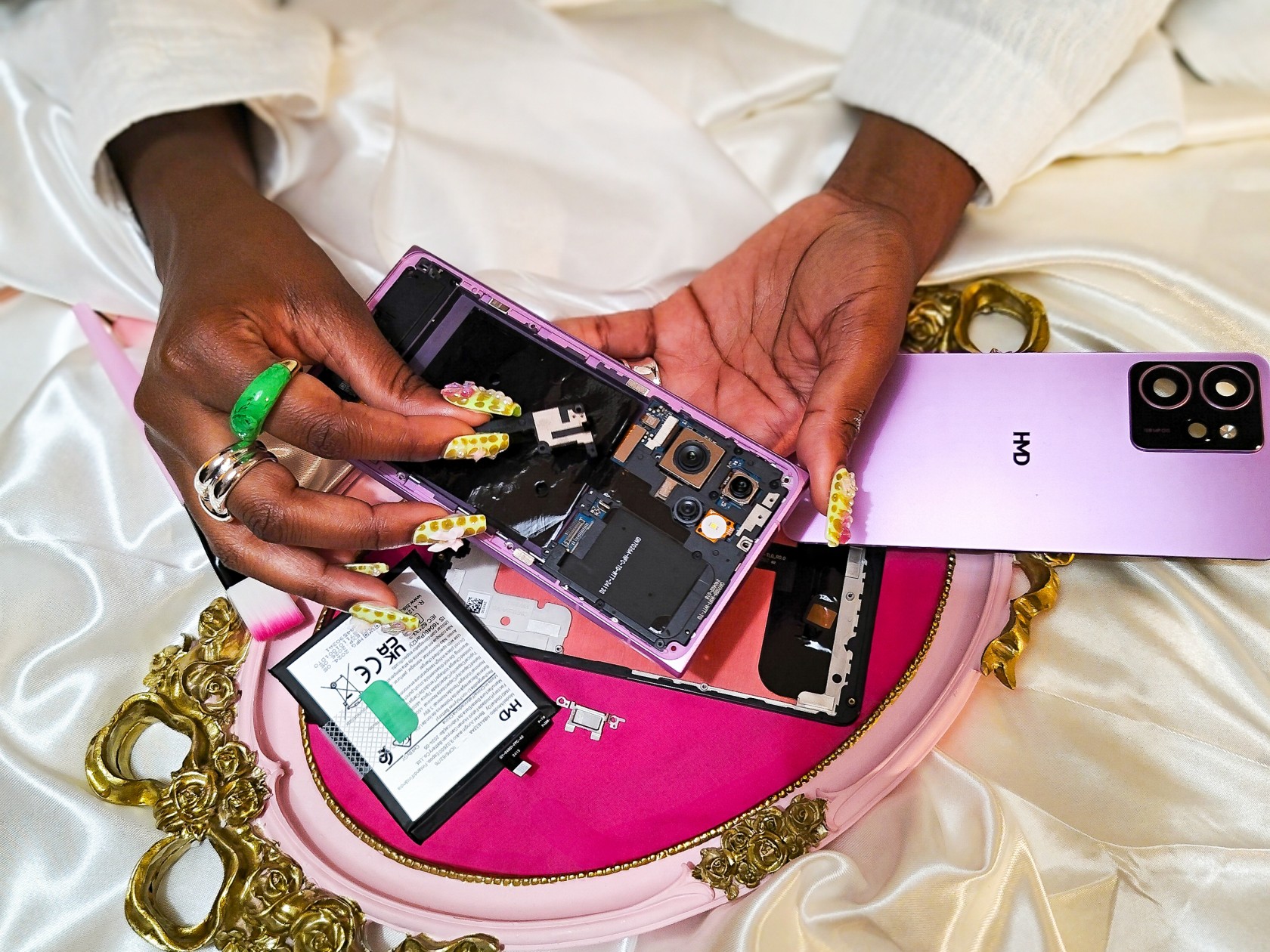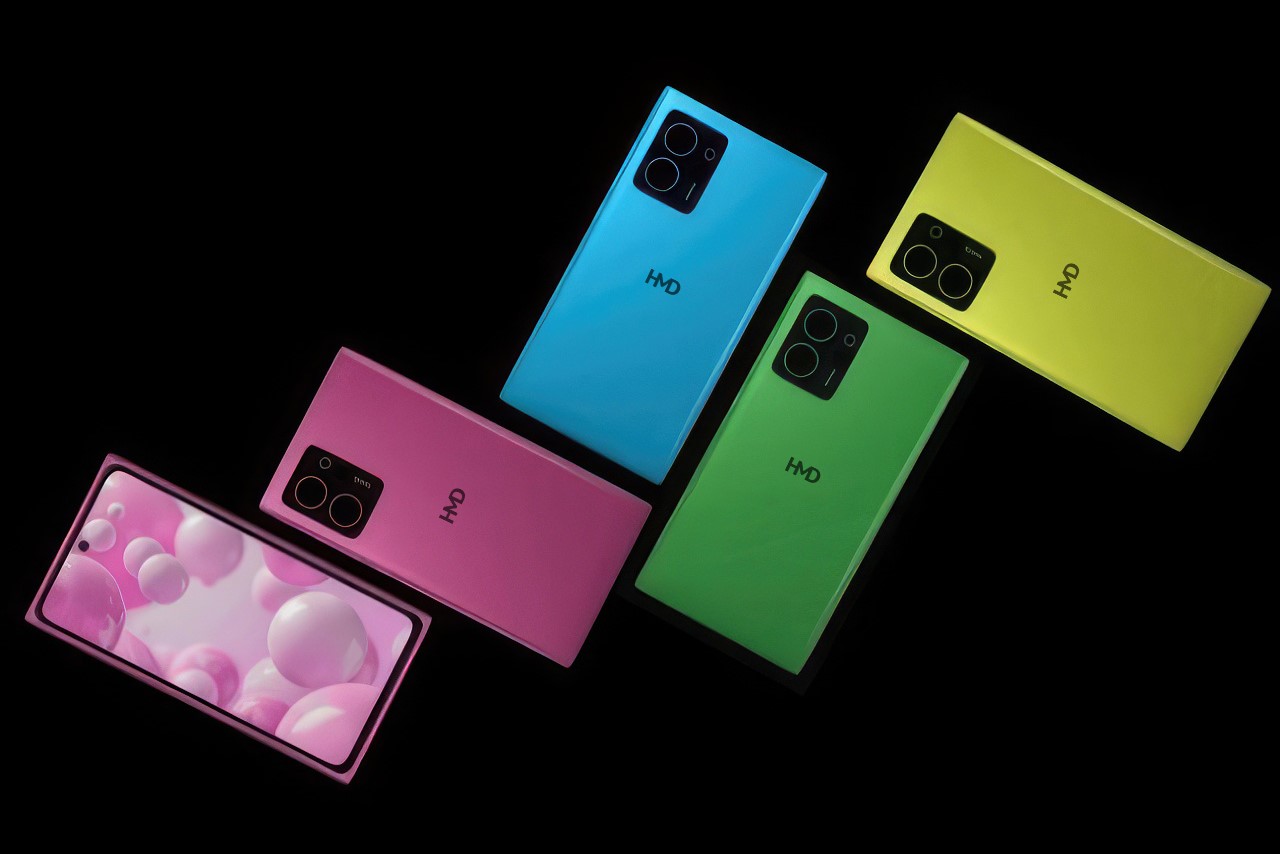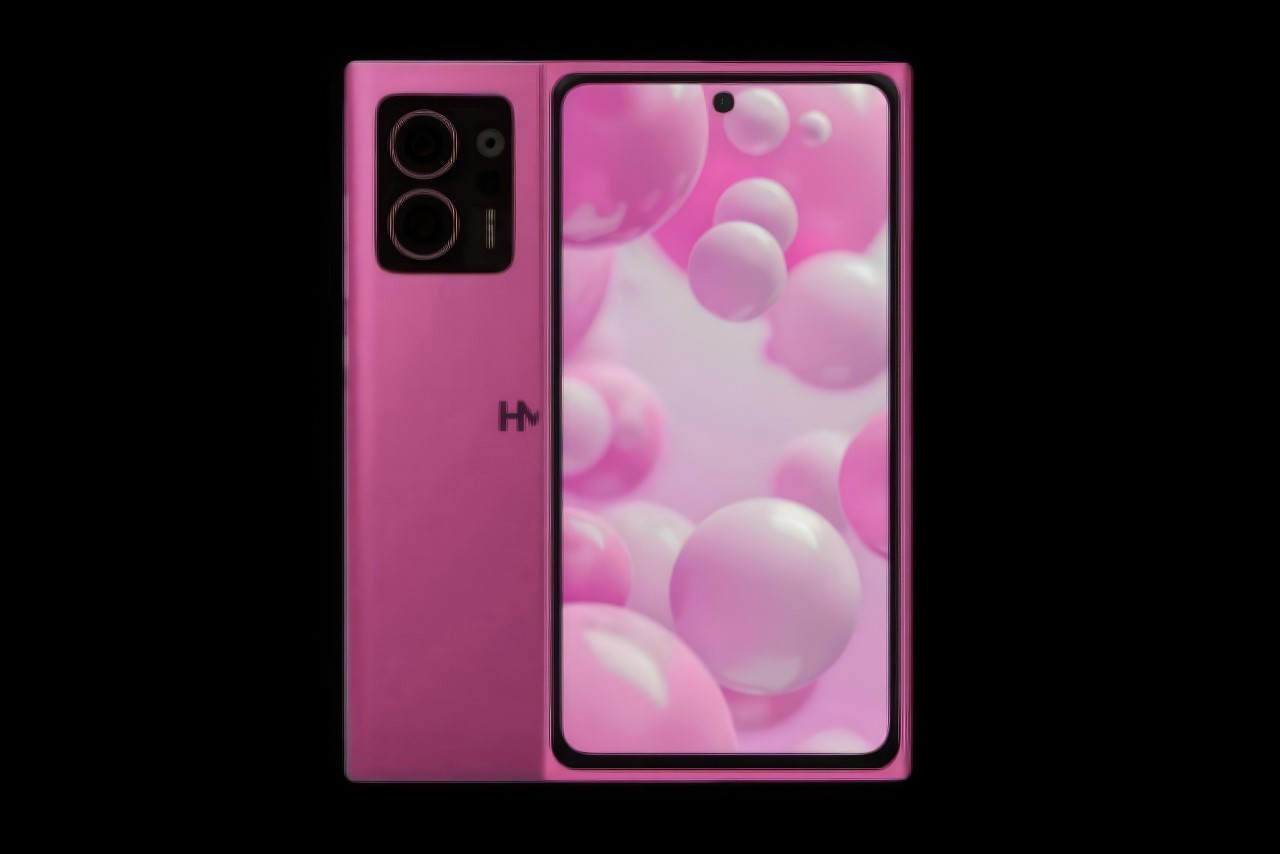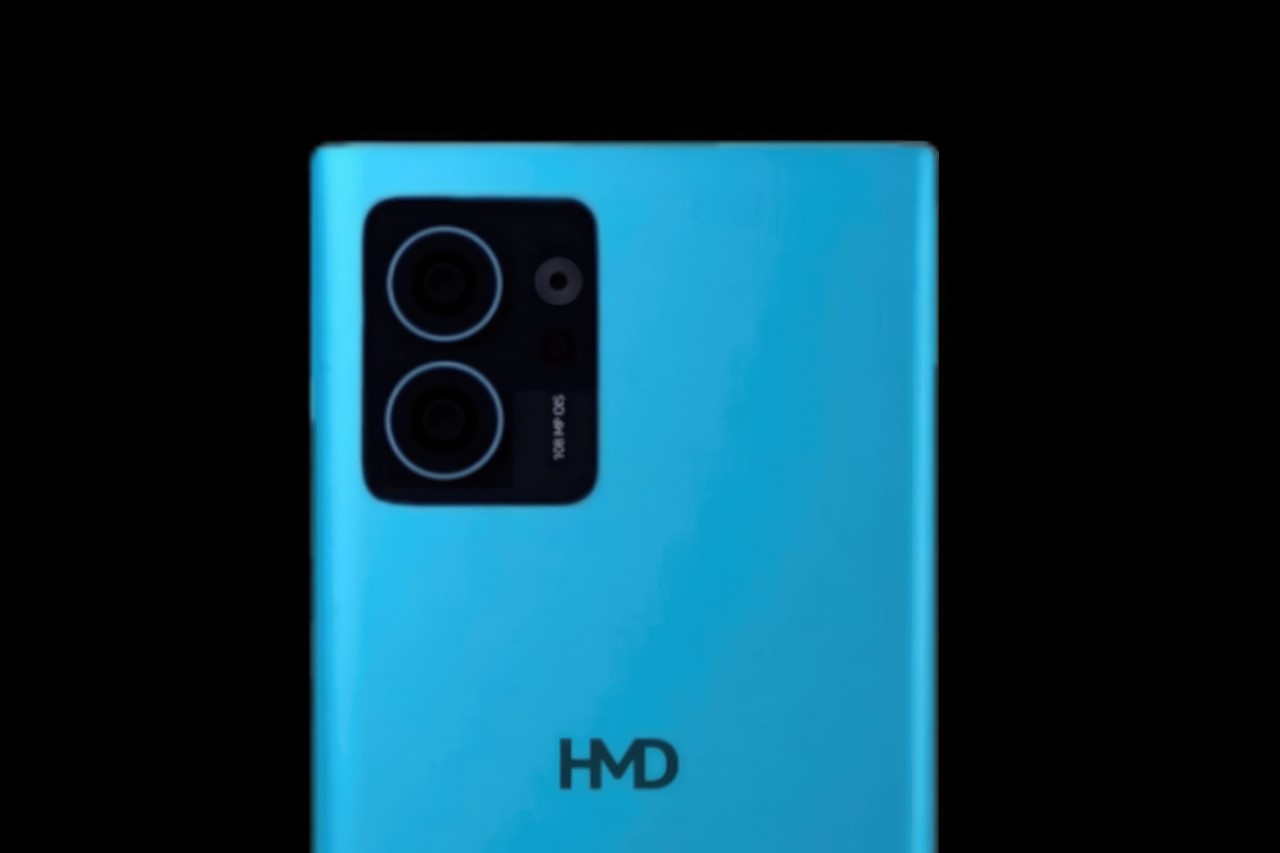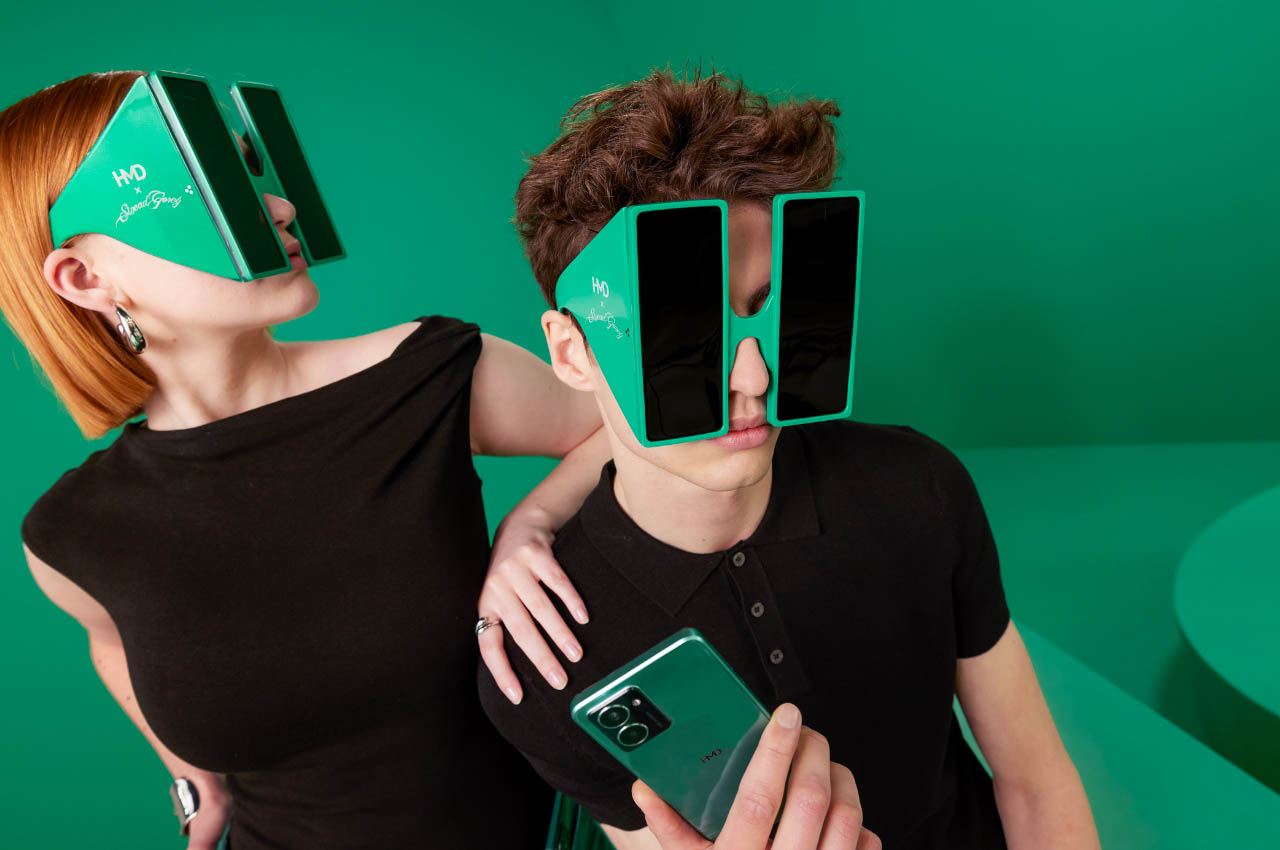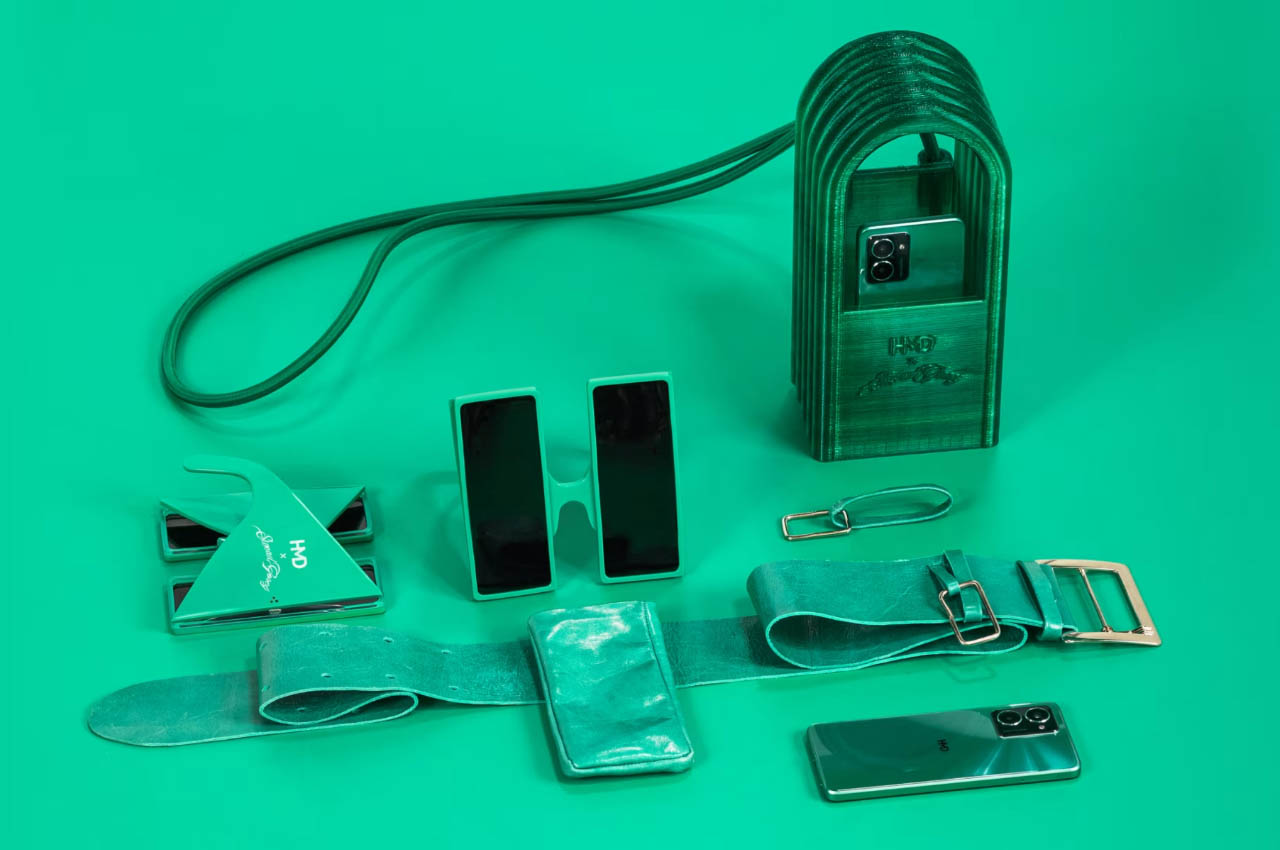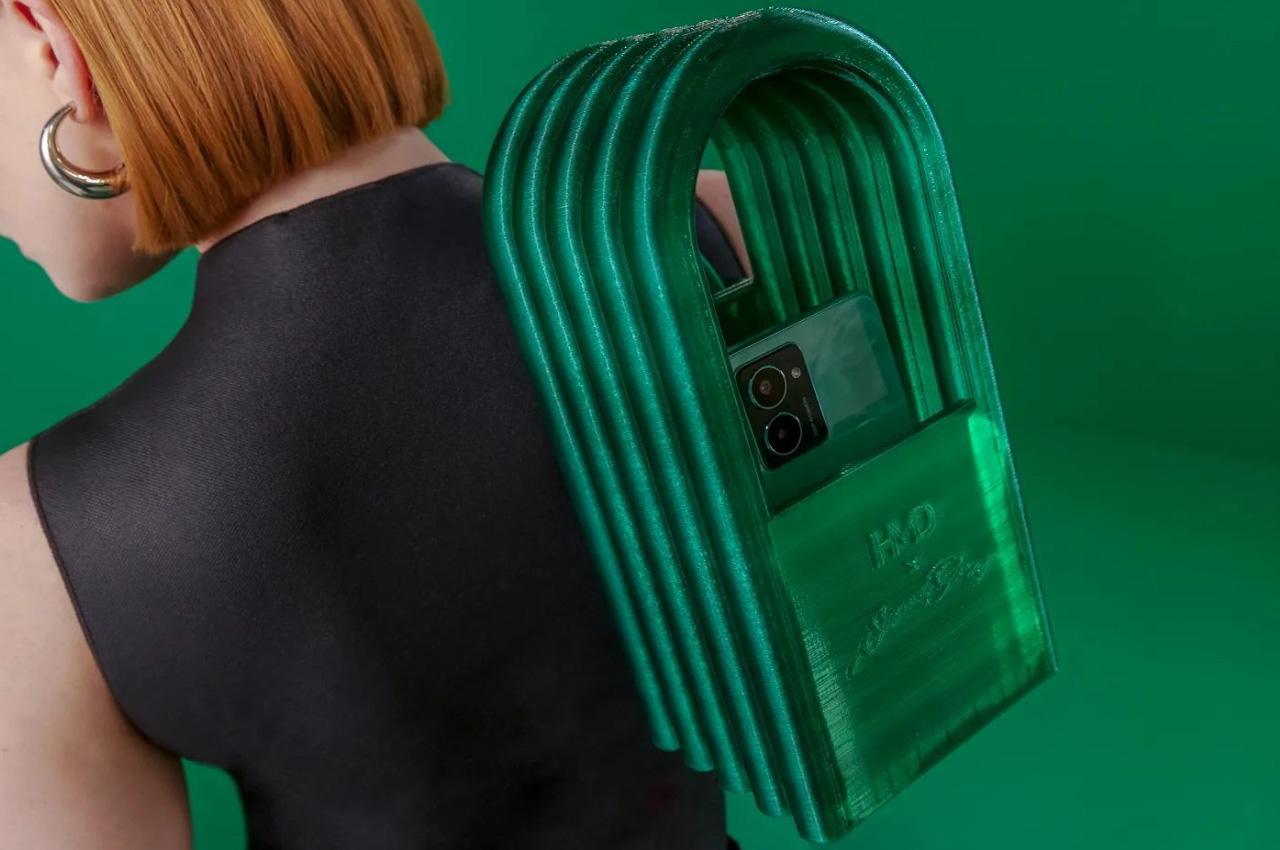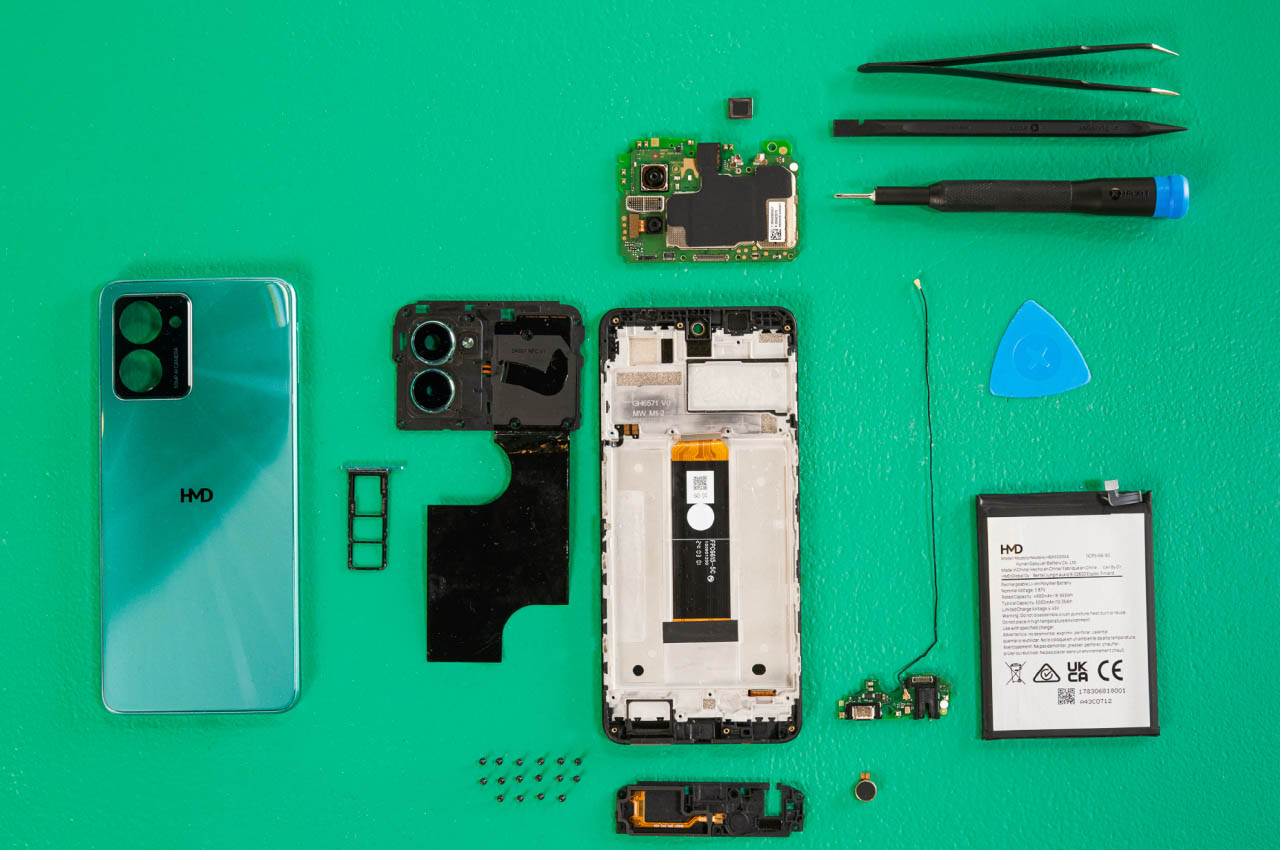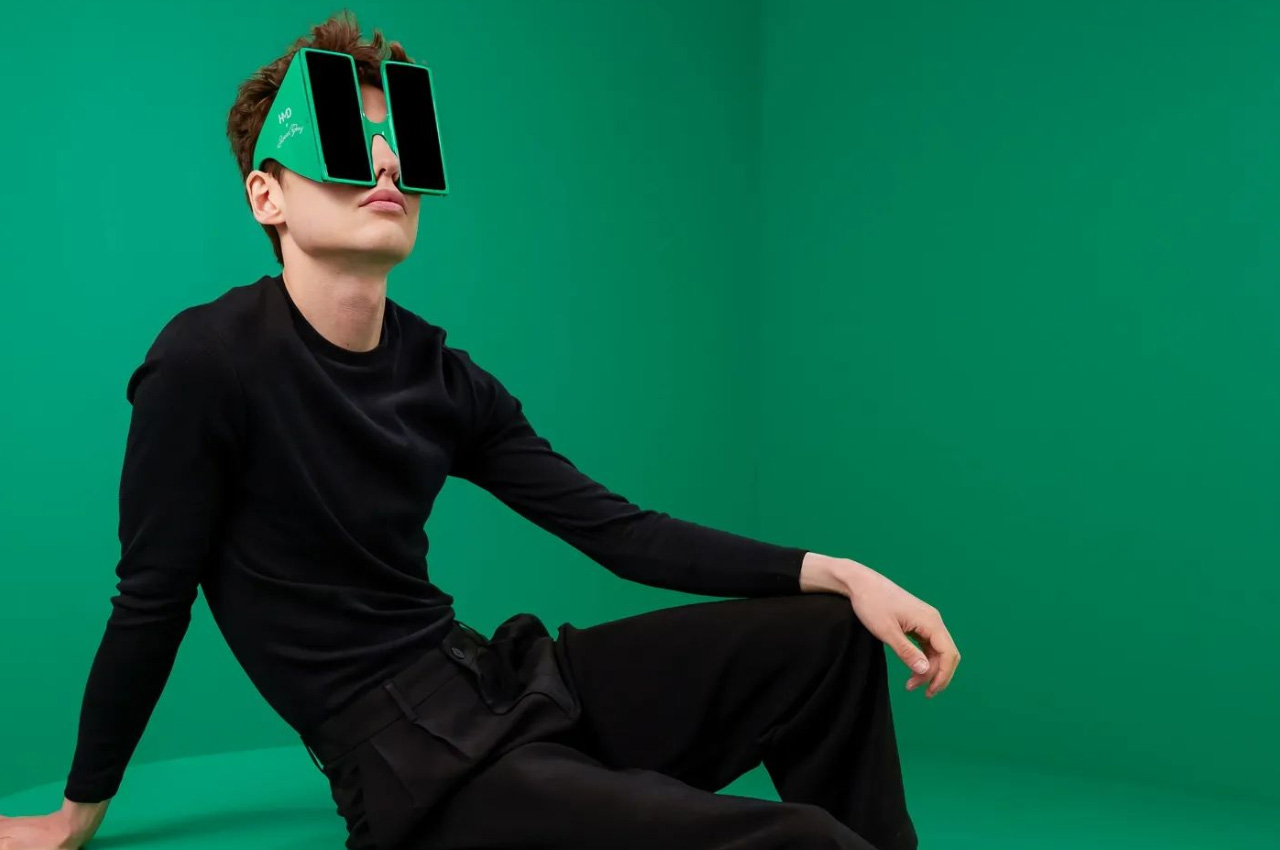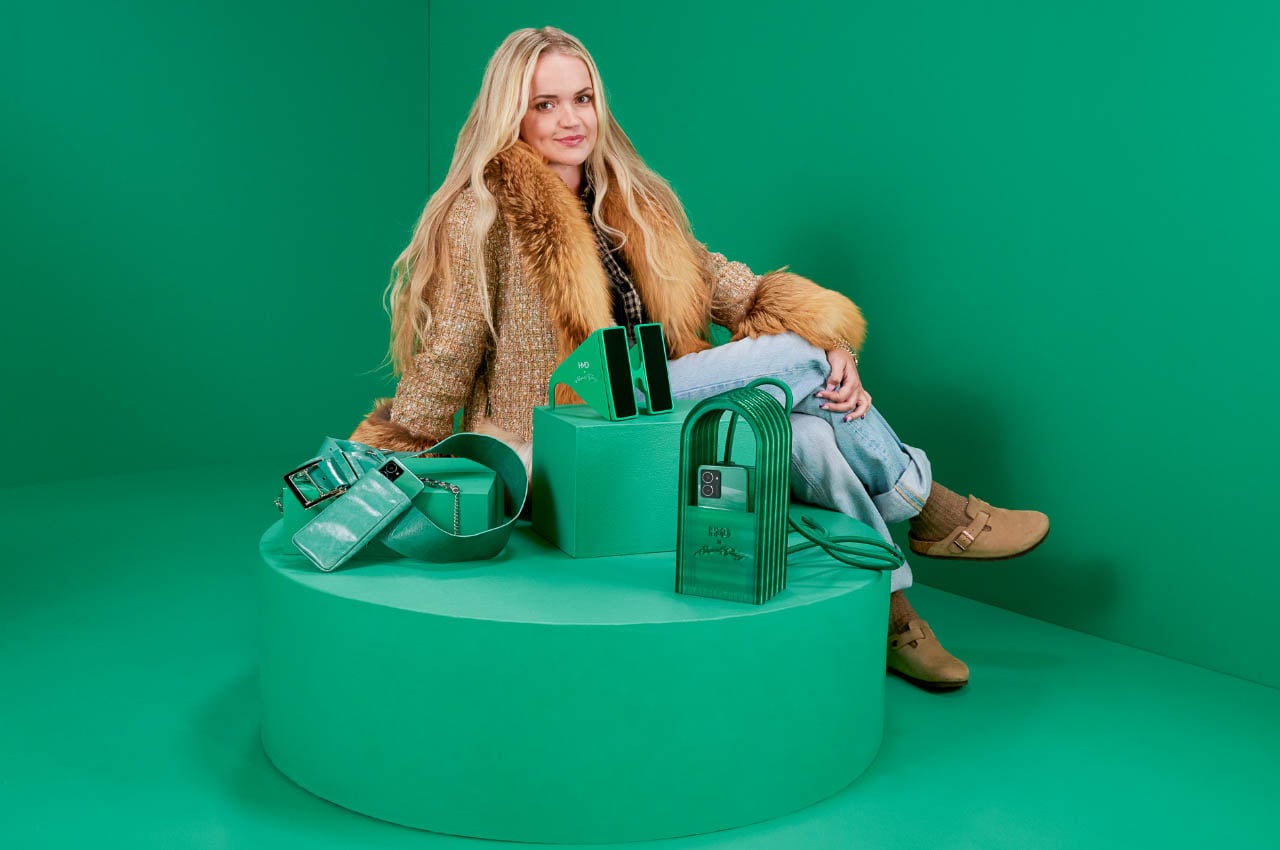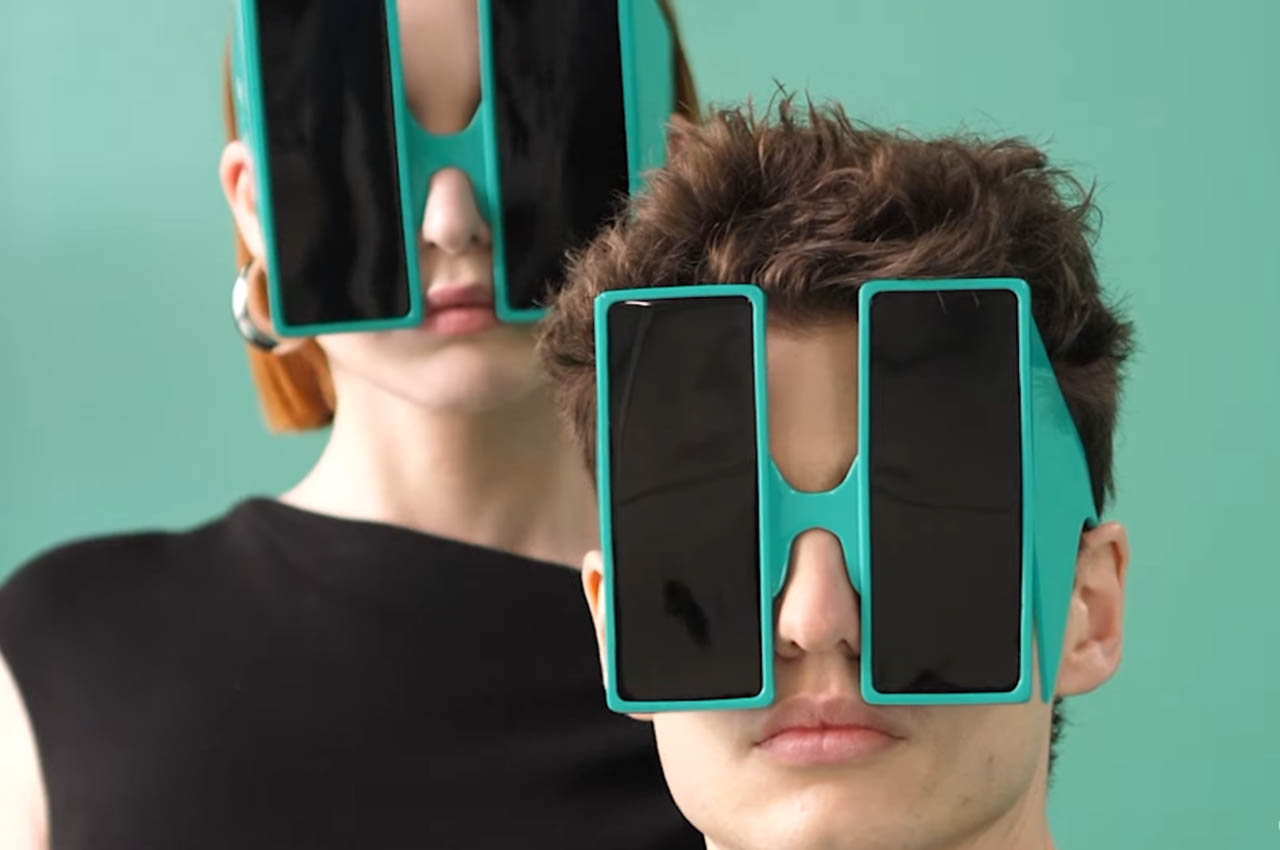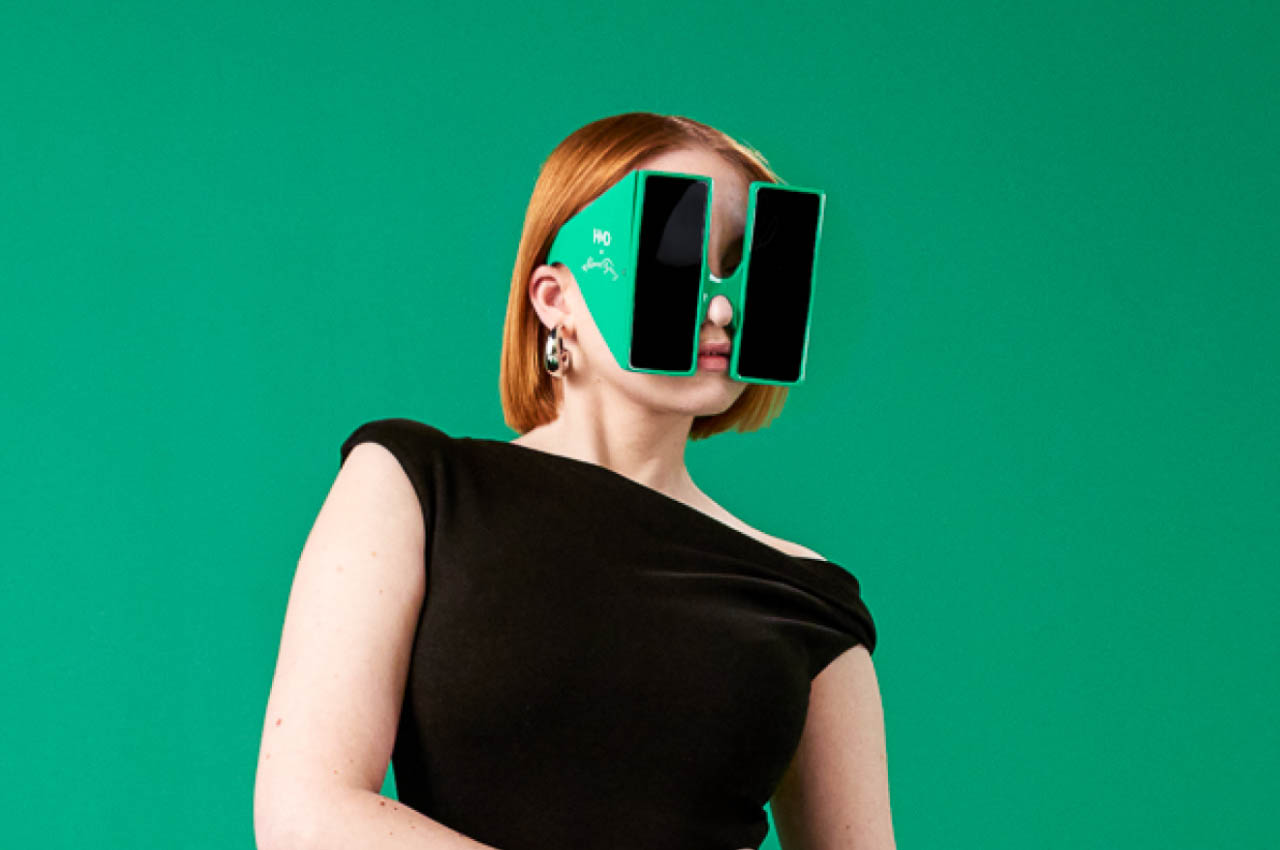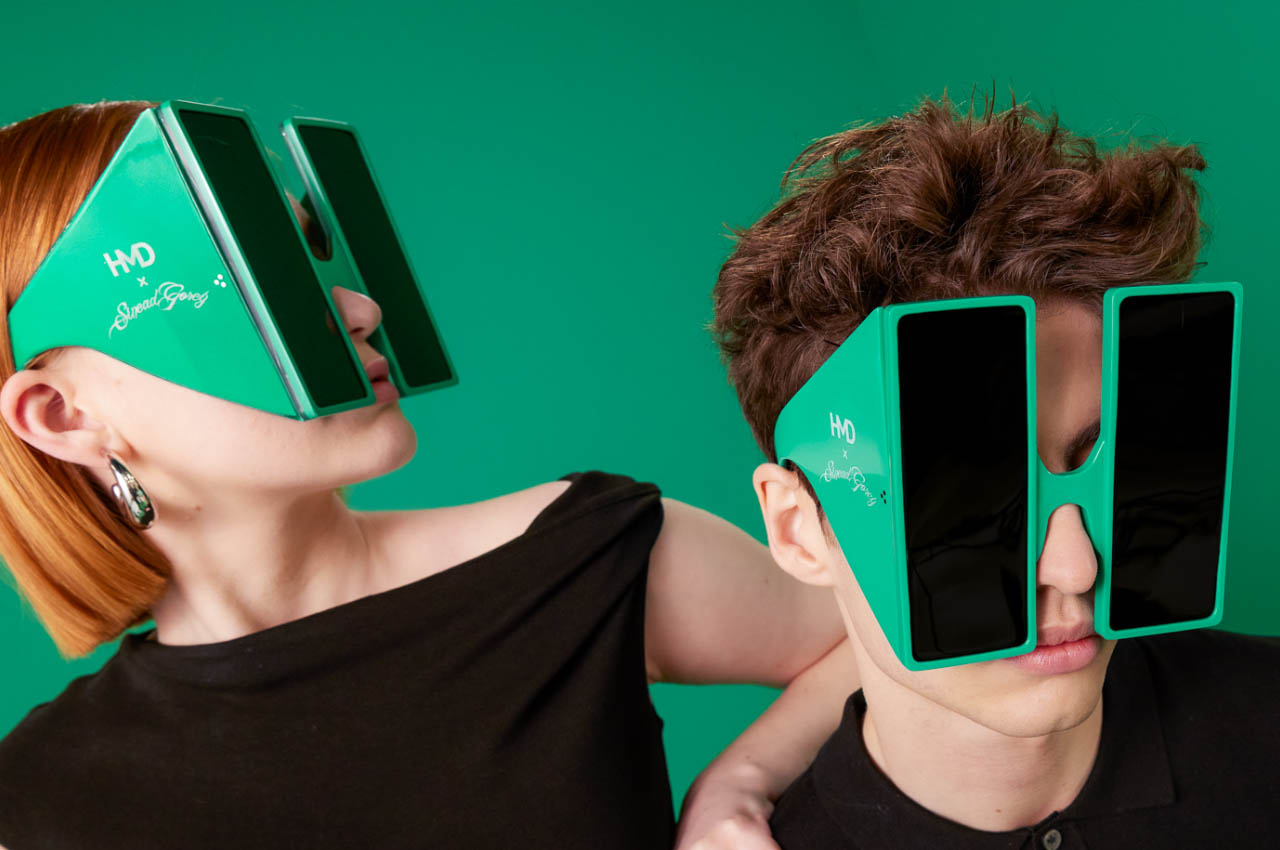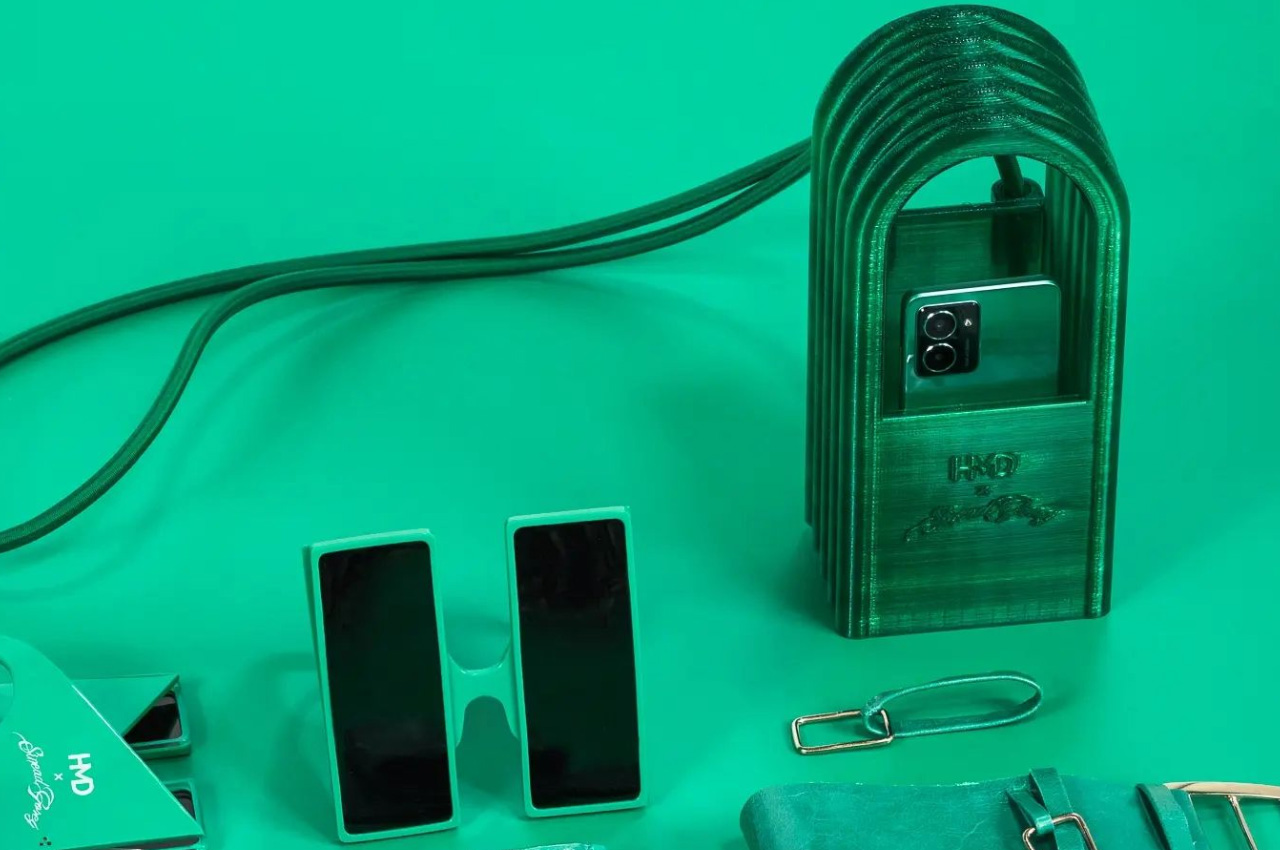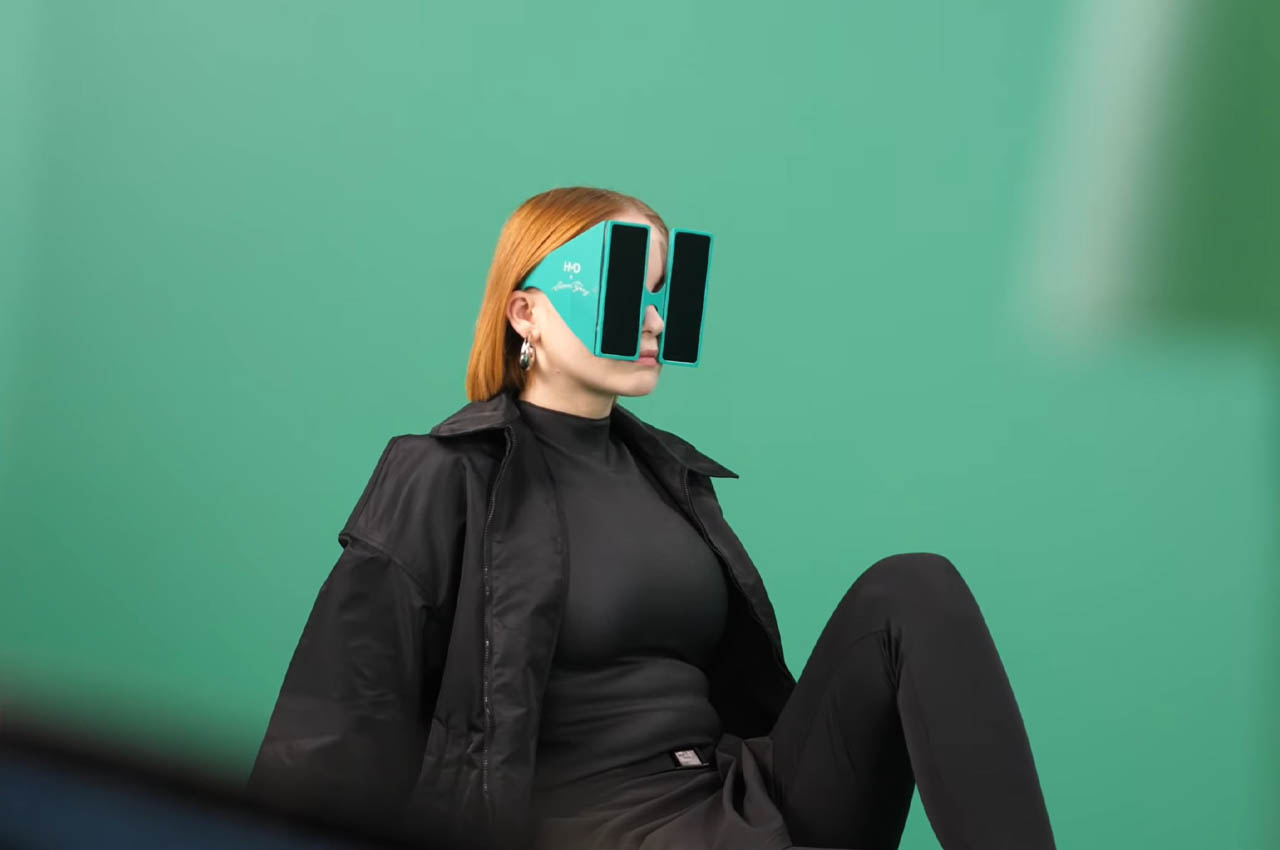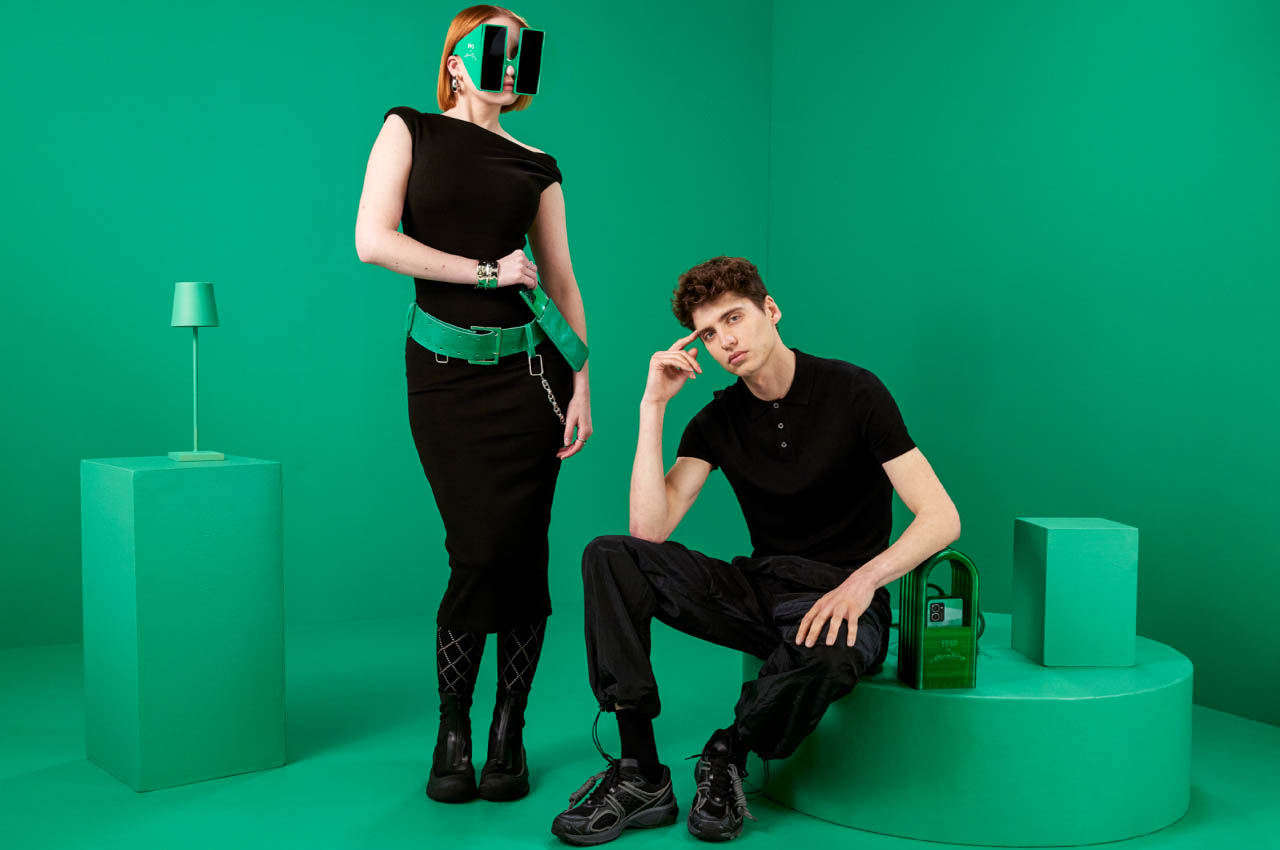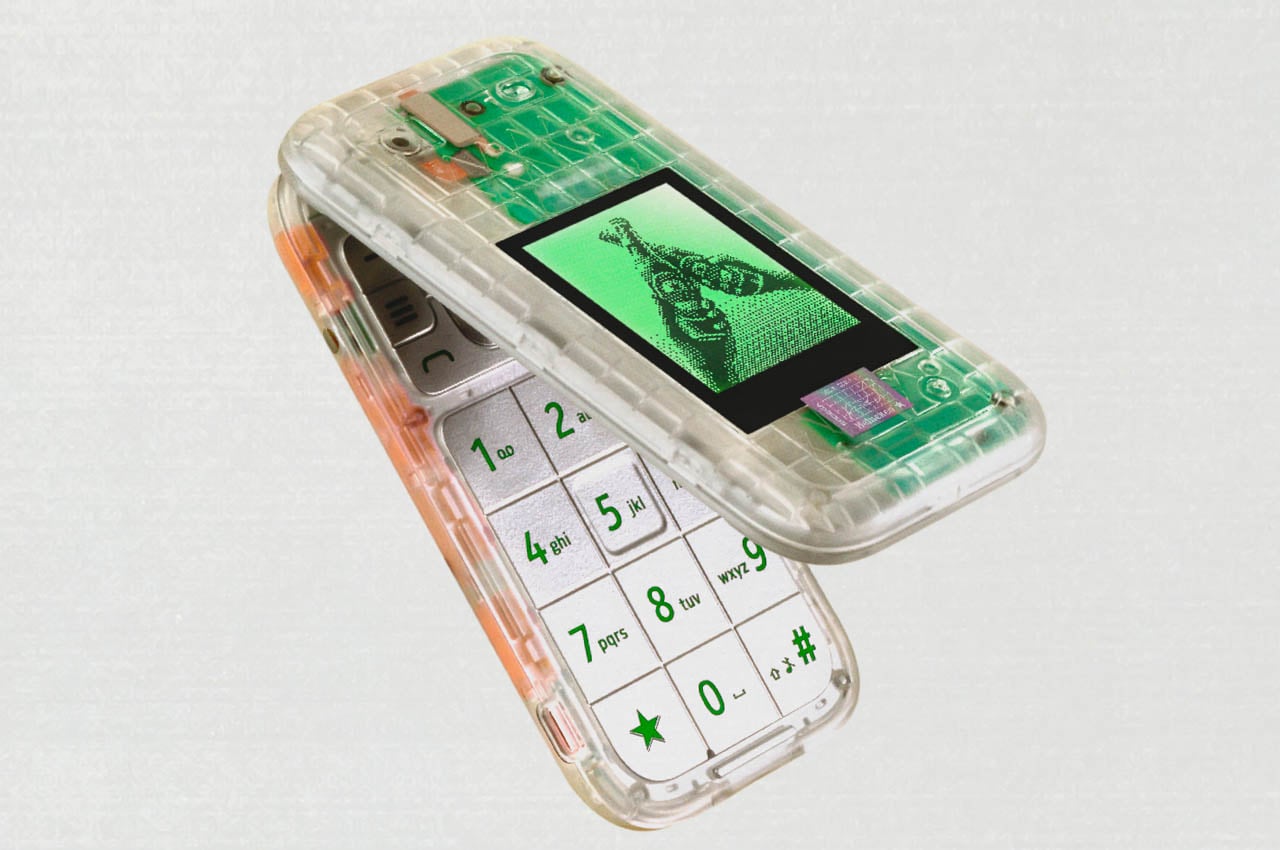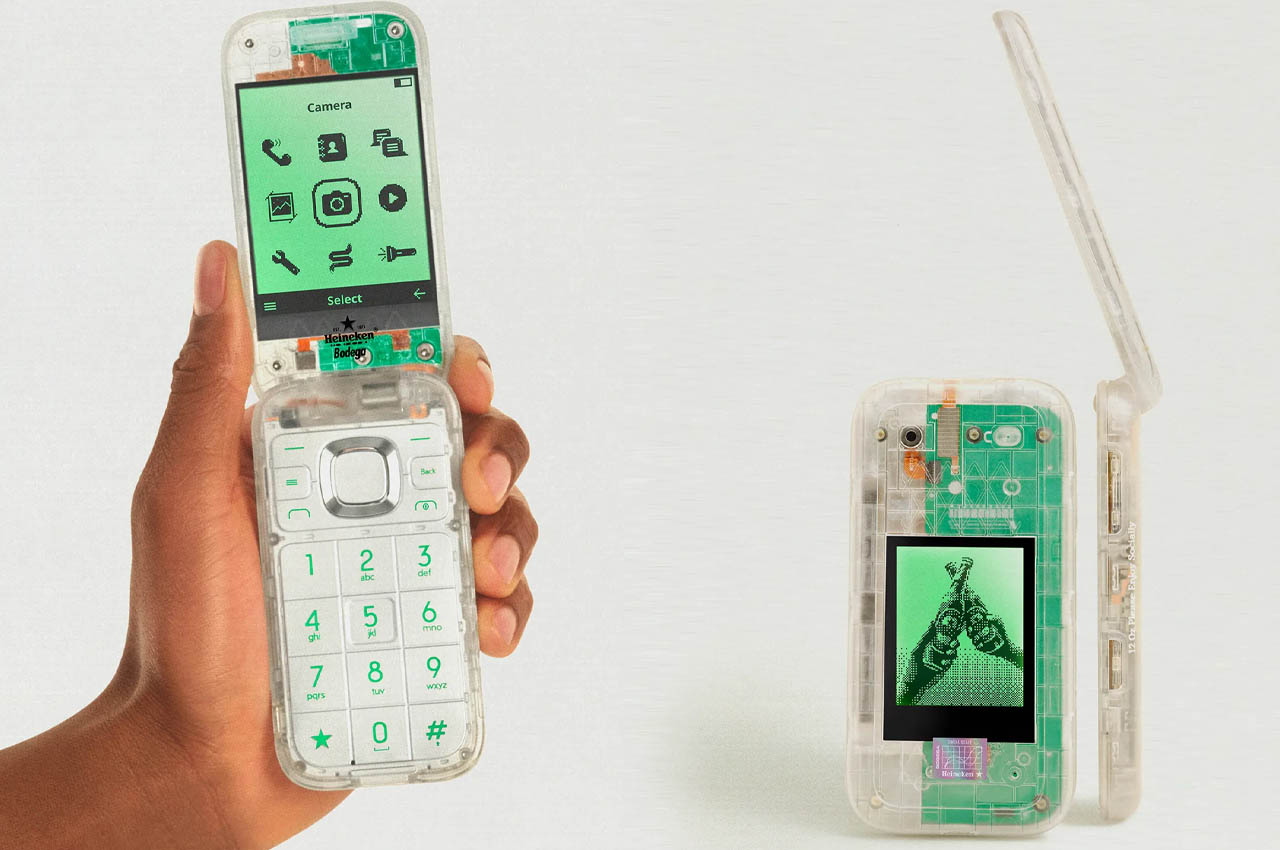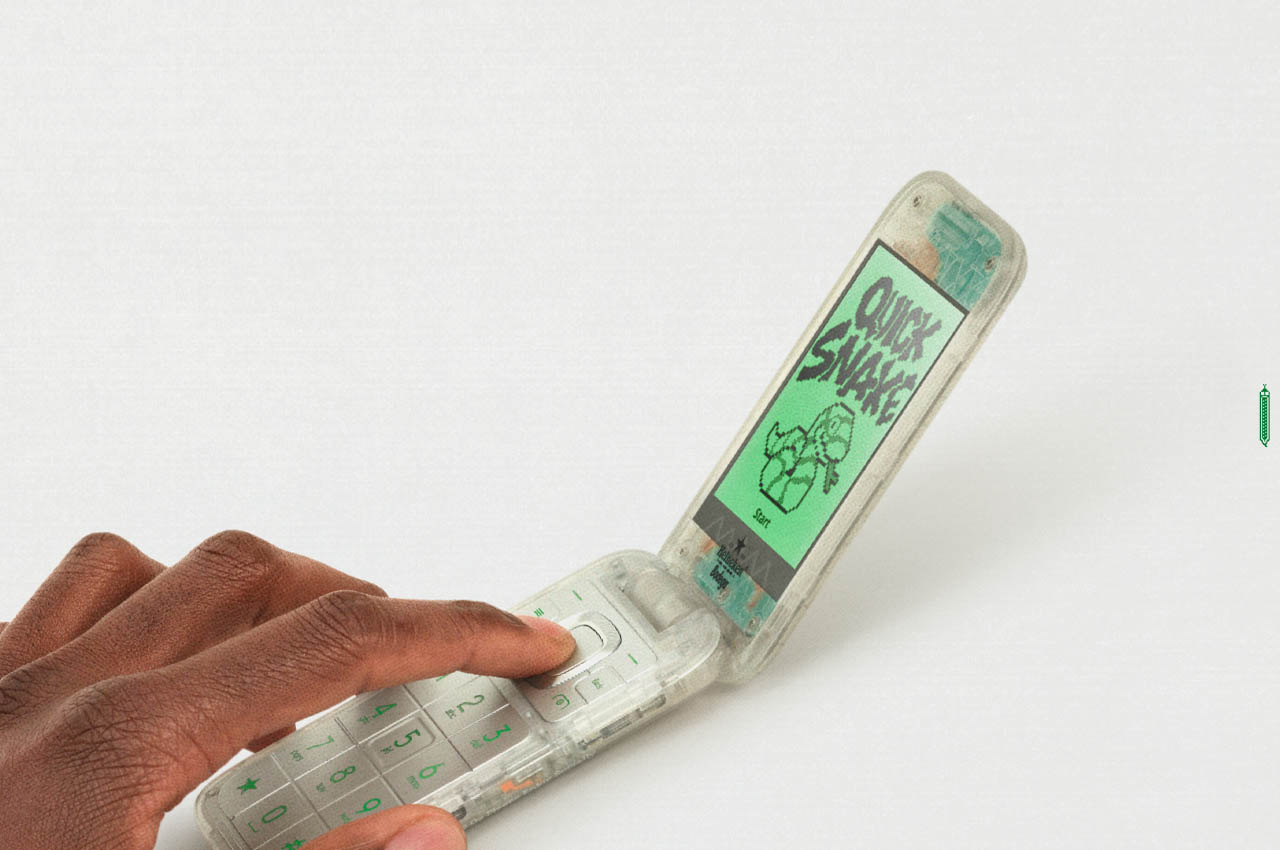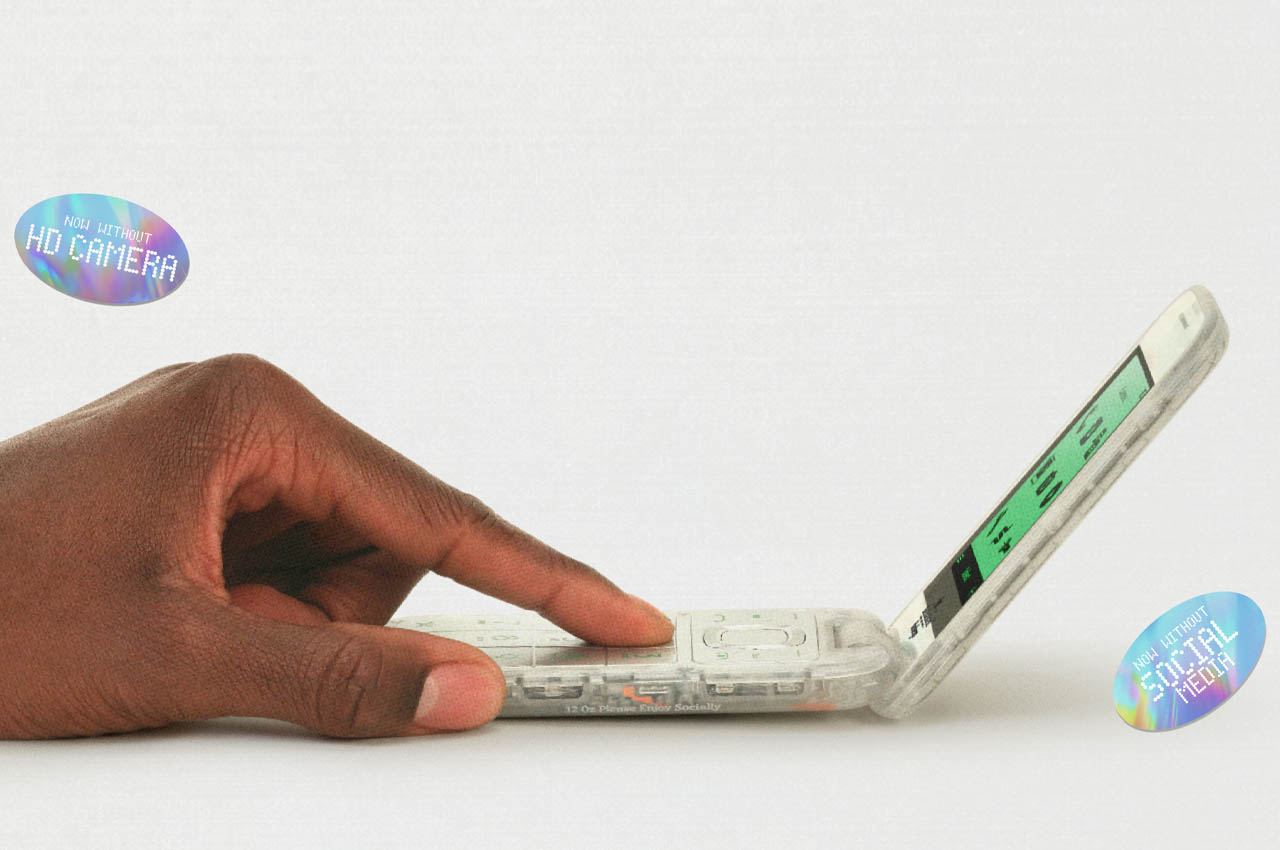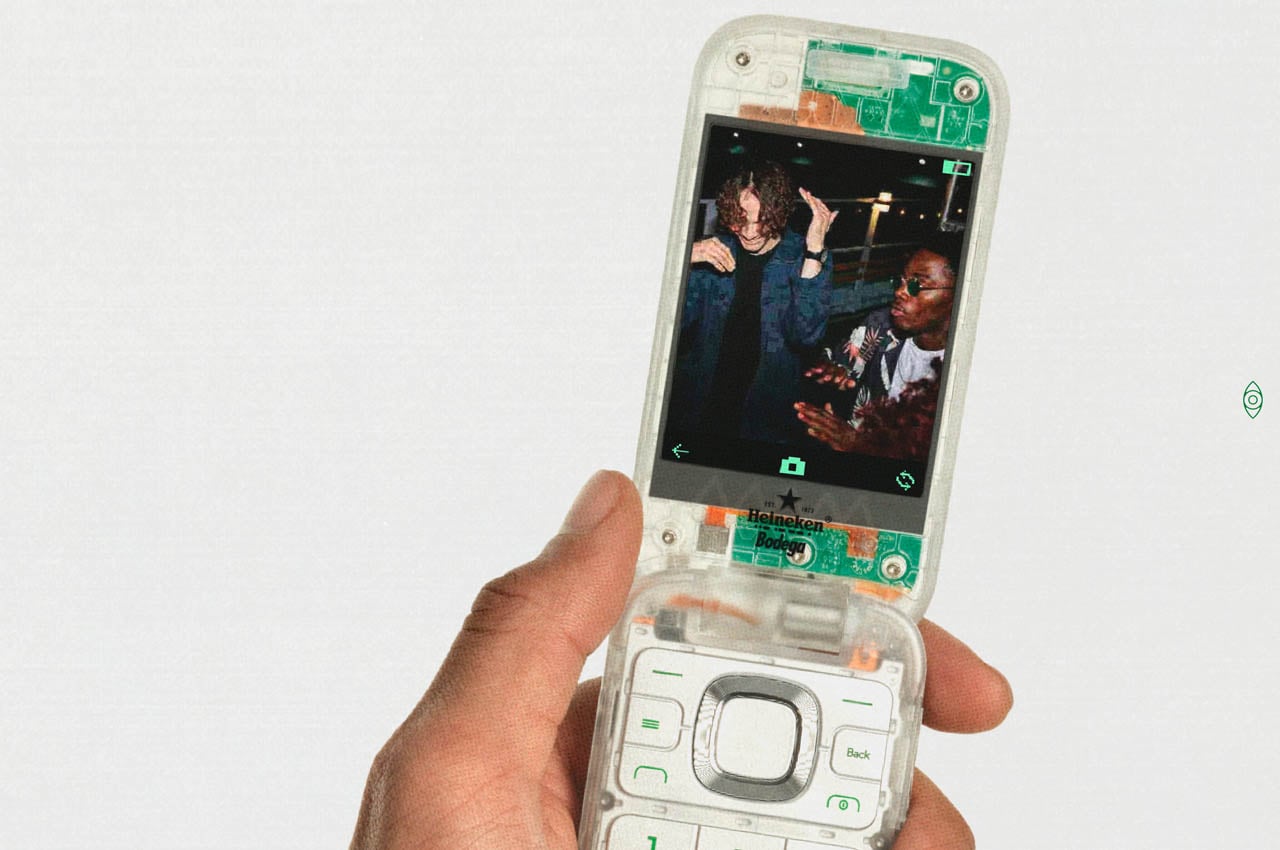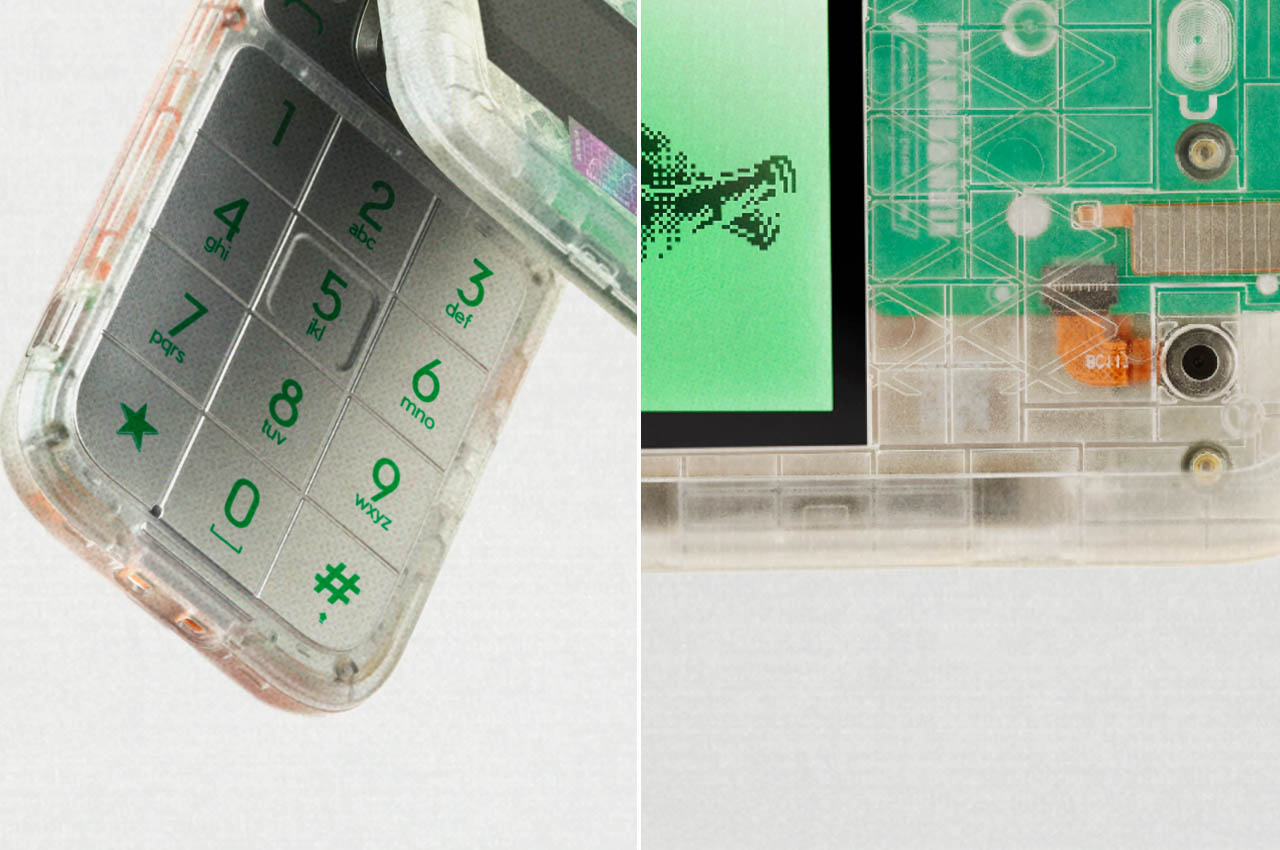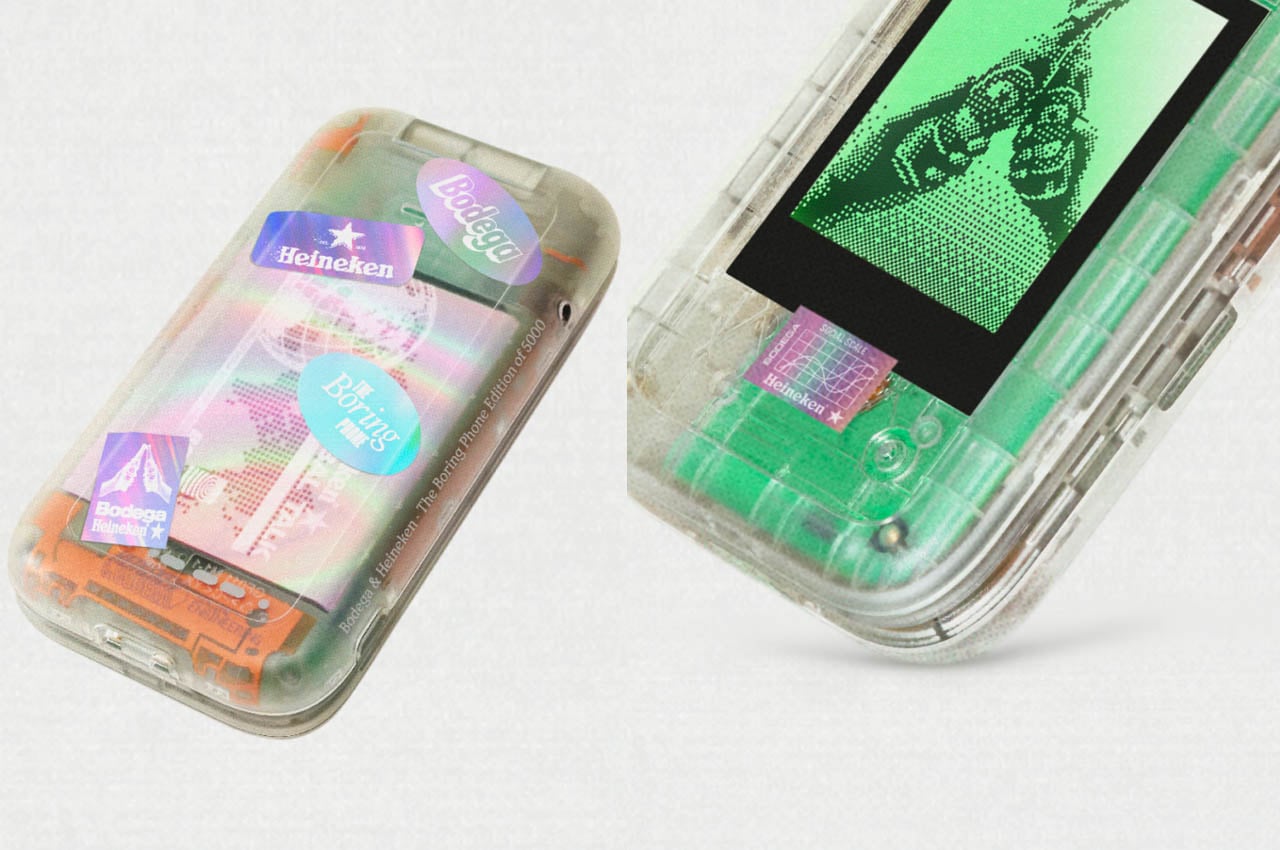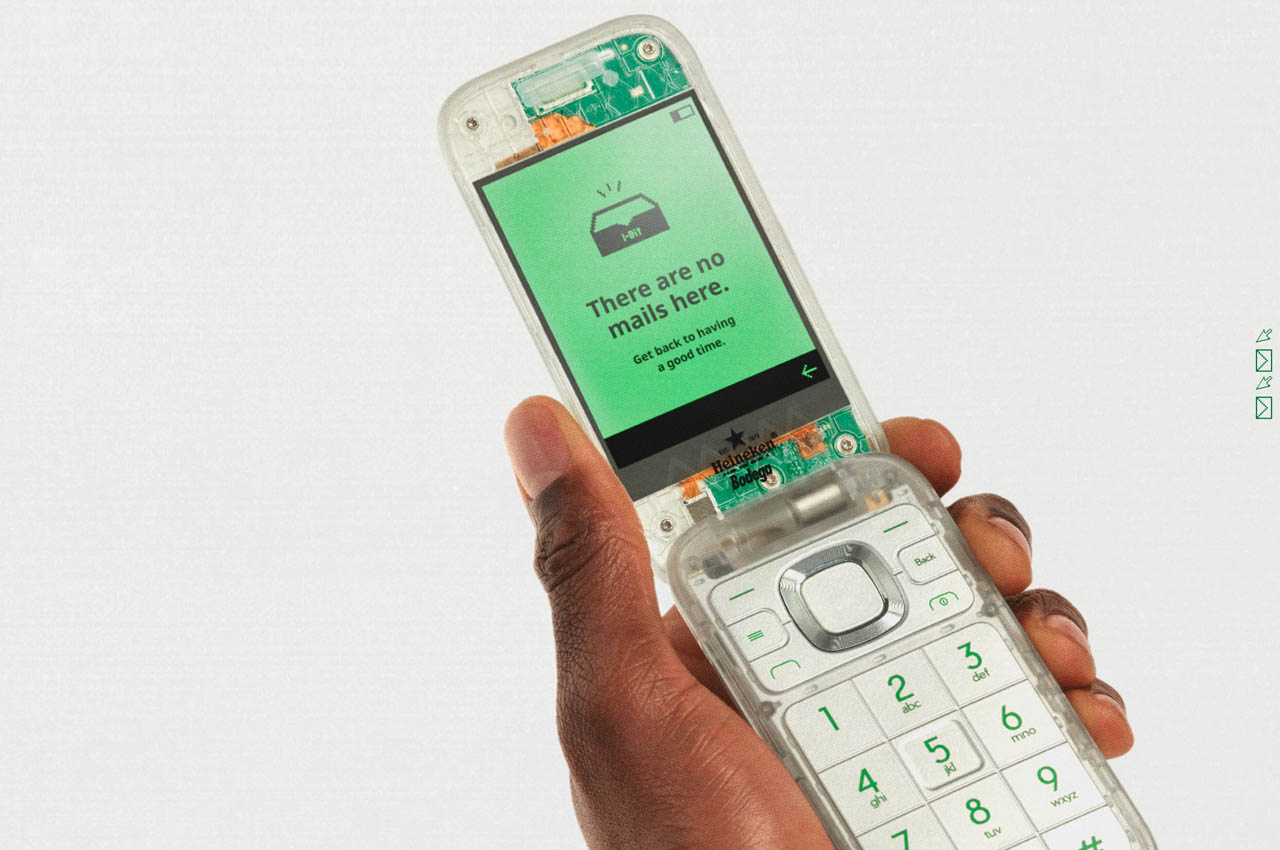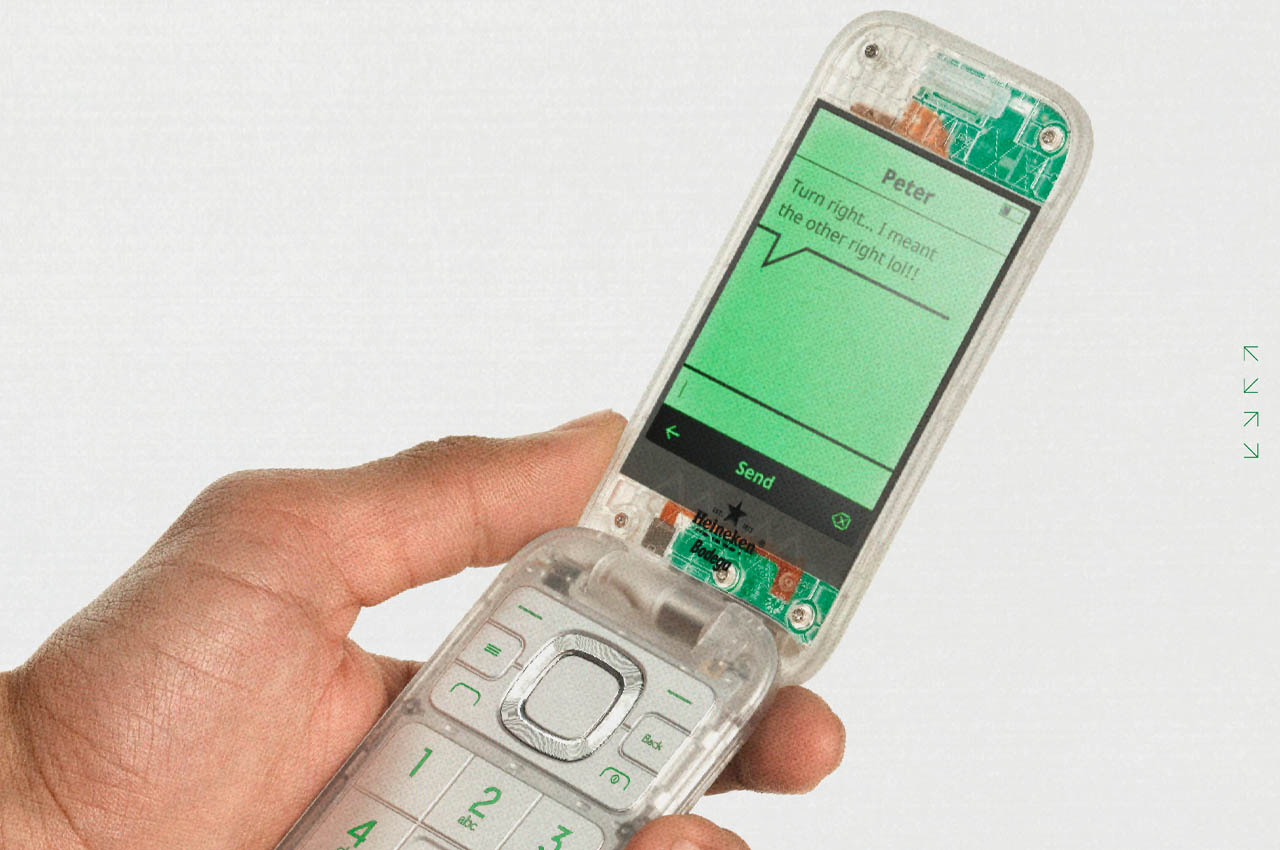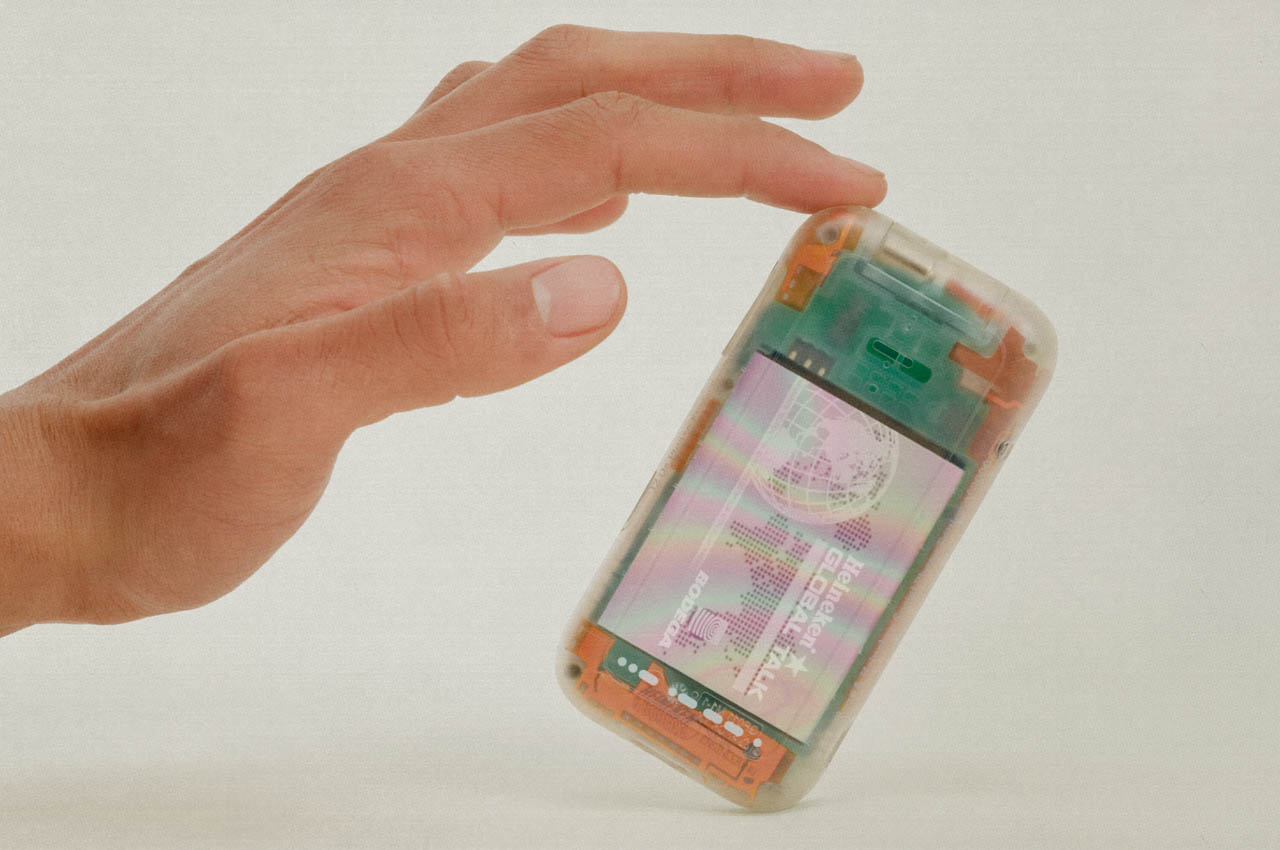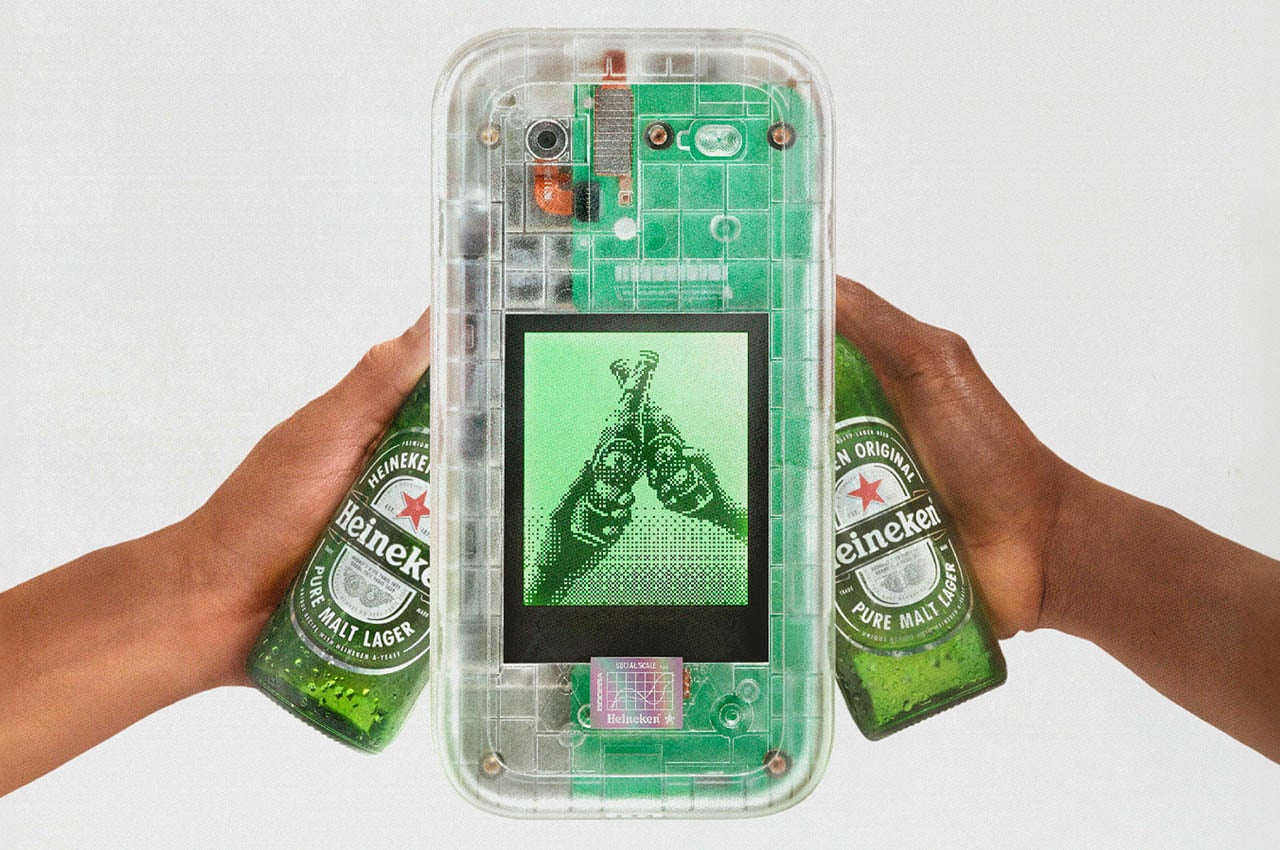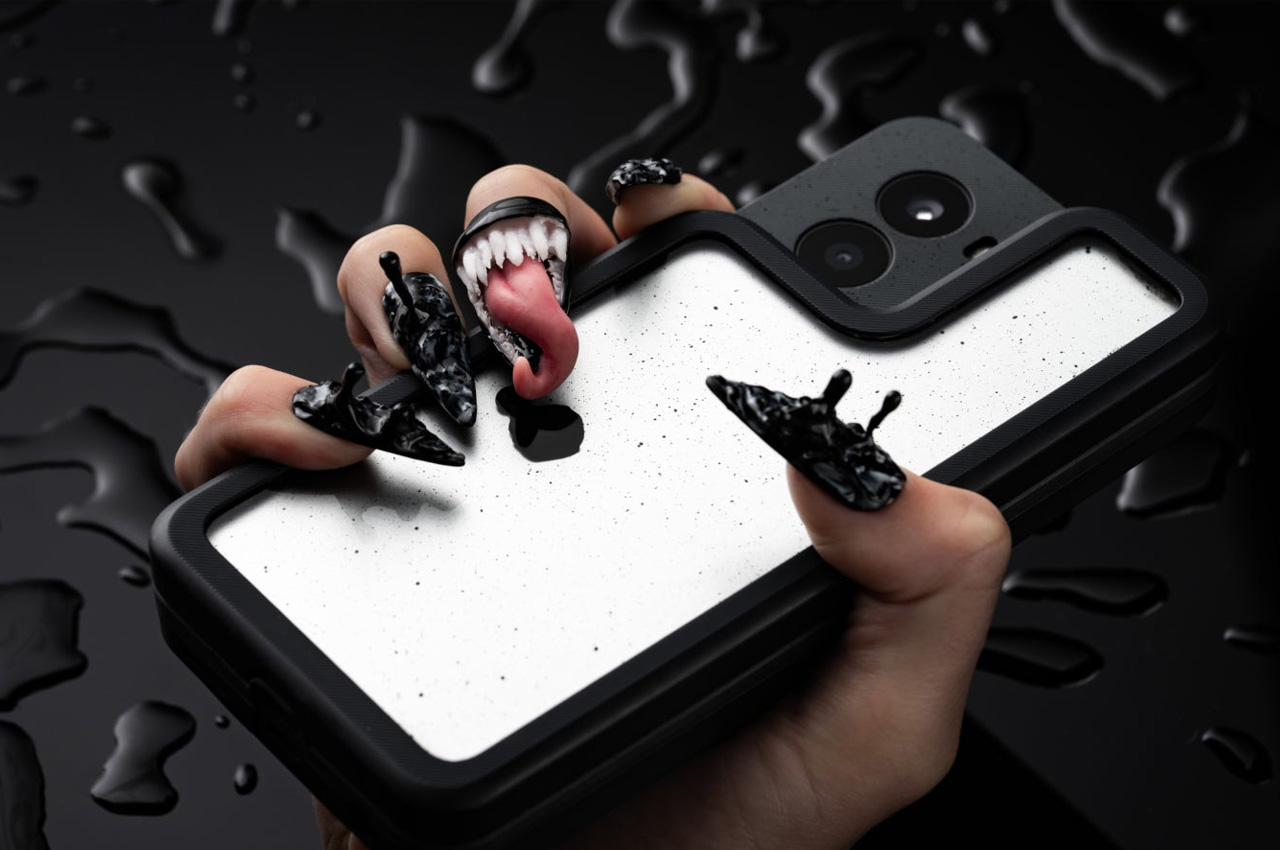
HMD Fusion is a new kid on the block but already with so many differences for the user to toil with. Embracing the idea of repairability and taking that notch further with support for ‘Smart Outfits,’ it allows you to clip an outfit – basically a smartphone case – to a pogo pin connector on the back of the phone and change its functionality.
The Finish company is taking advantage of this functionality and is teaming up with Marvel’s Venom: The Last Dance movie and give users an antihero experience to integrate on their phones: An experience not limited to hardware! Meant to transform the HMD Fusion’s functionality and appearance in real-time, the Venom-themed Smart Outfits bring iconic elements from the Venom franchise to the phone.
Designer: HMD
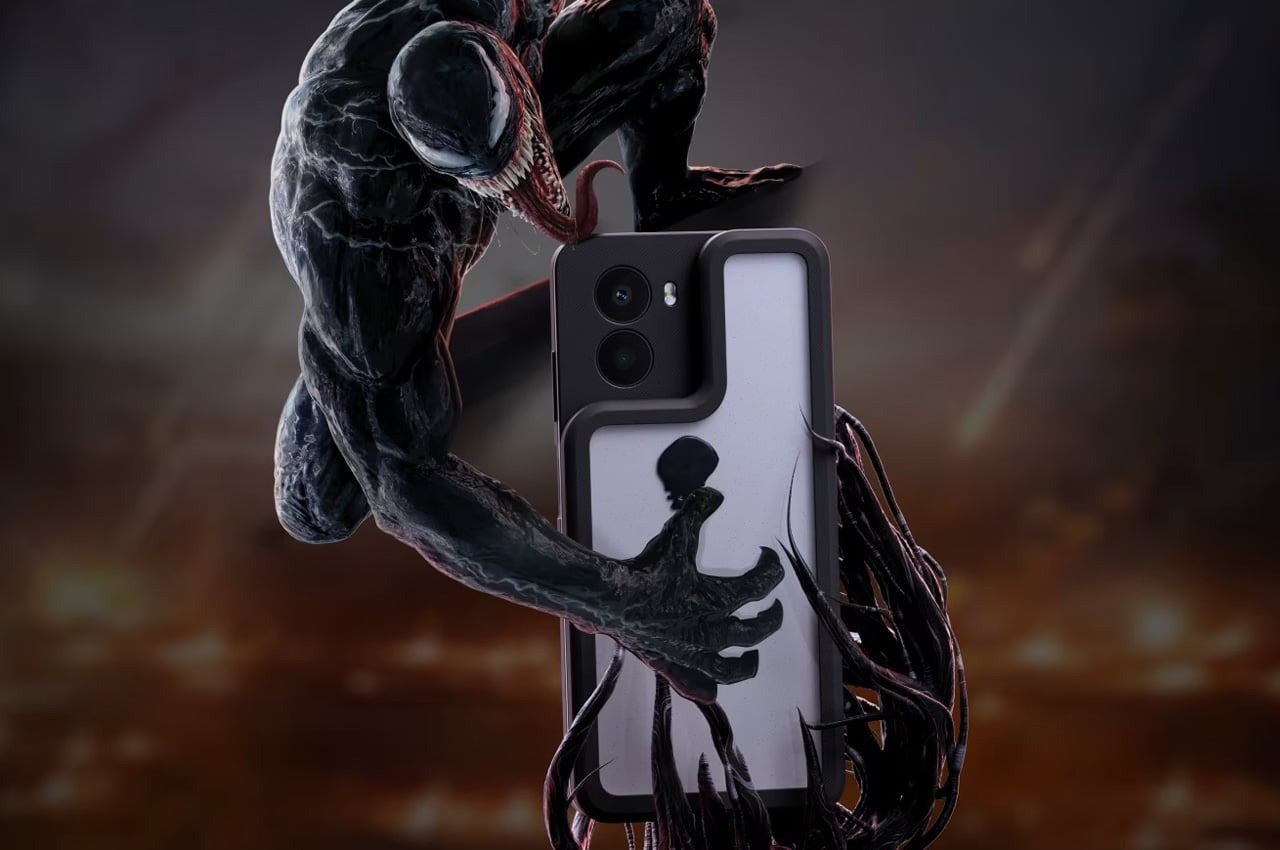
HMD has been away from the top celebrated phone-makers for a while. It has not been a very active player at that, but it’s trying to make some dishevel nonetheless, by giving users the choice of how they wish to use their phones. Customizing the experience with Smart Outfits, such as the three Venom exclusives showcased at the Venom: The Last Dance pop-up event on October 20 and the film’s premier the following day.
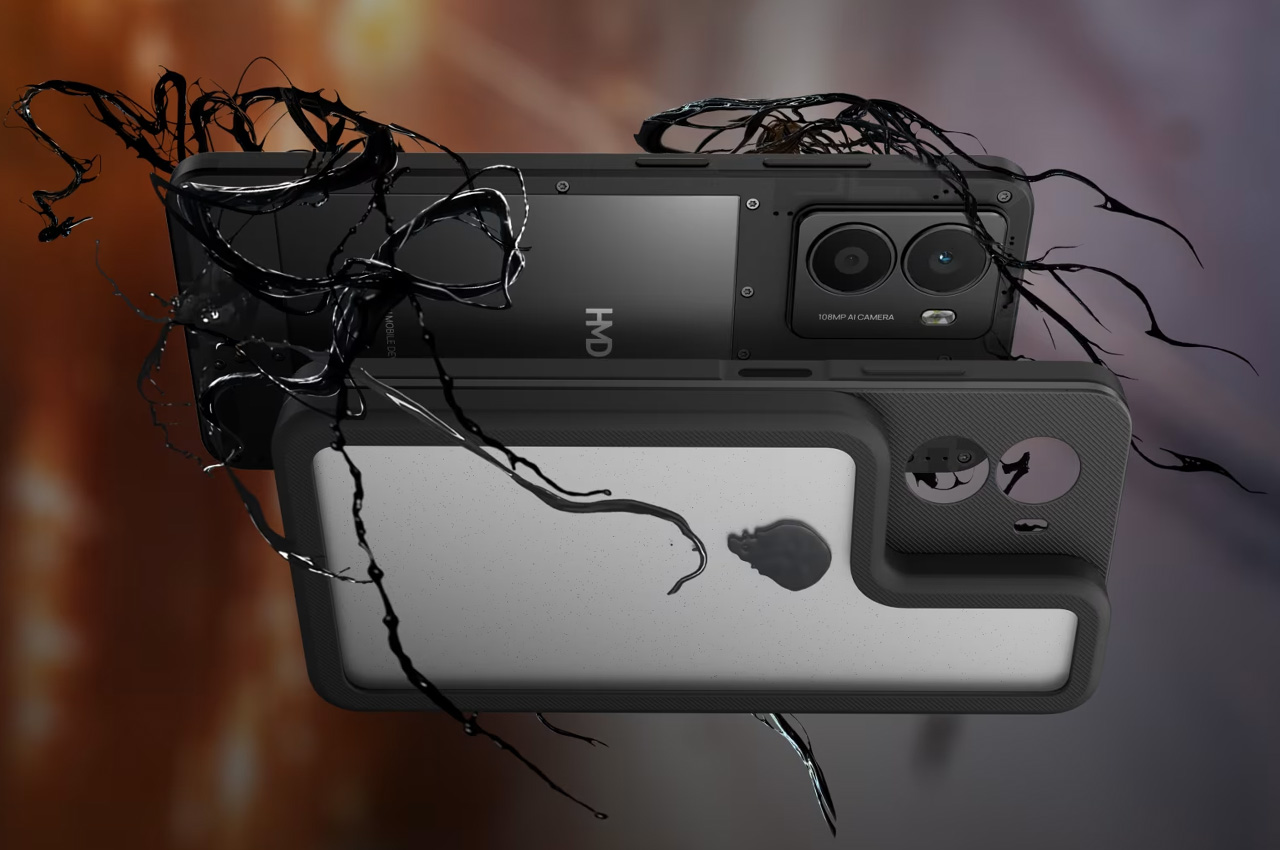
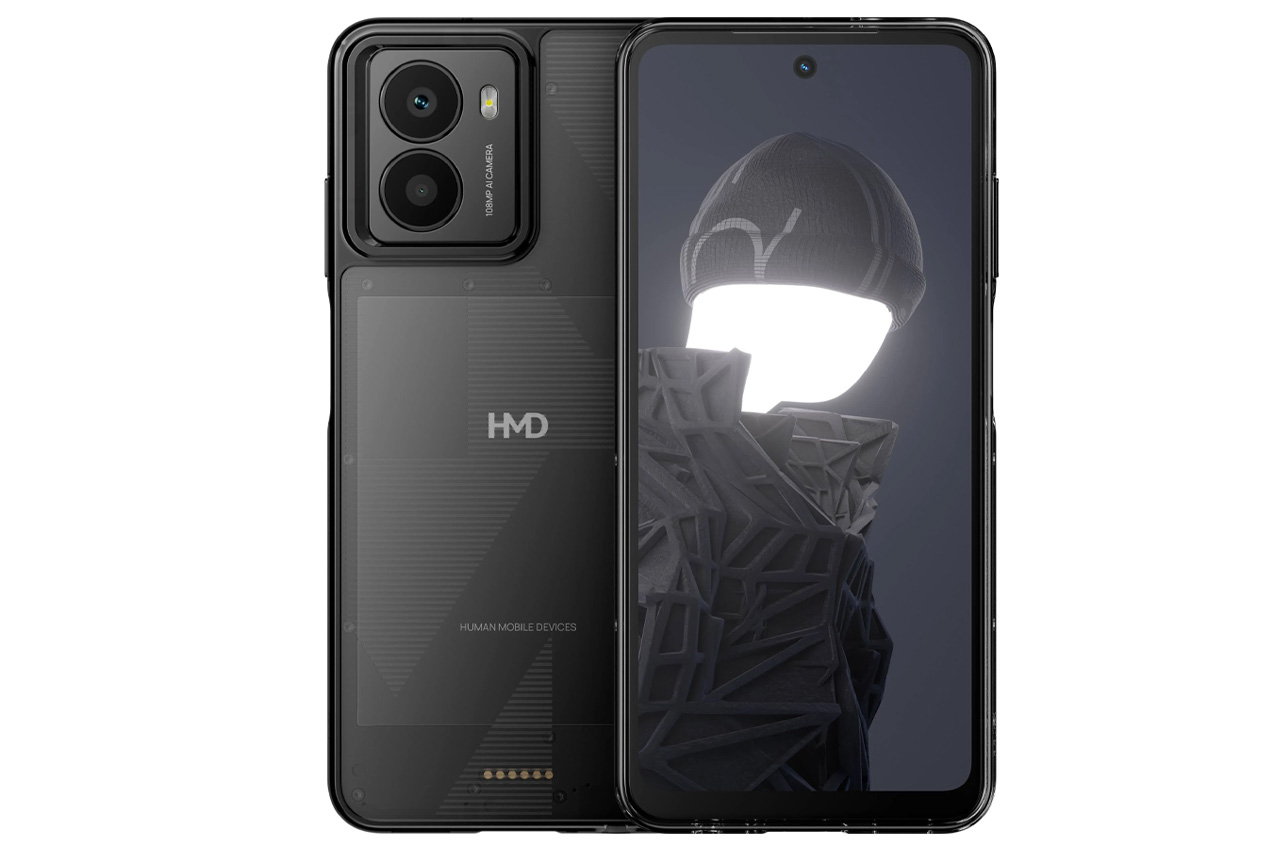
Clipping to the back of the Fusion, these Smart Outfits render custom theme, wallpapers, and some famous lines from Venom to put it in the intriguing sphere of the fans and the Marvel franchise to adore. Each of these custom outfits integrates “160 electromagnetic arrays controlling ferrofluid in a glass chamber” to create a venom-like effect on the Fusion’s physical appearance and software; a cool customization!
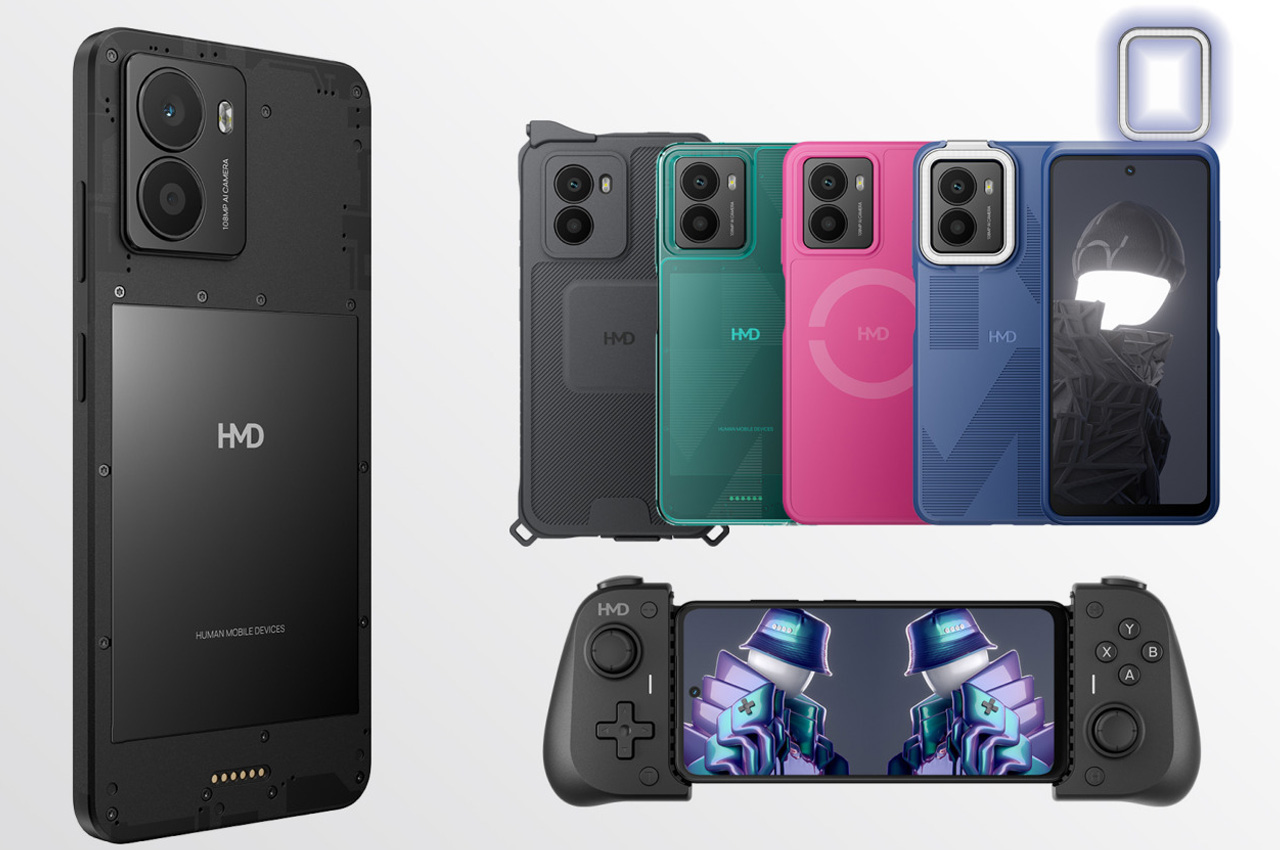
The customizations include phrases inspired by the movie that go up for instance in the boot up or when a notification sounds. When the device is booted it sounds the phrase “We are Venom,” followed by an animation from the new flick. The phone alerts on an alarm with “Eddie, the time has come,” or “Who sent that thing?” upon receiving a new notification. Interestingly, the Venom-themed HMD Fusion outfit also includes a “We are screwed” ringtone in Venom’s voice.
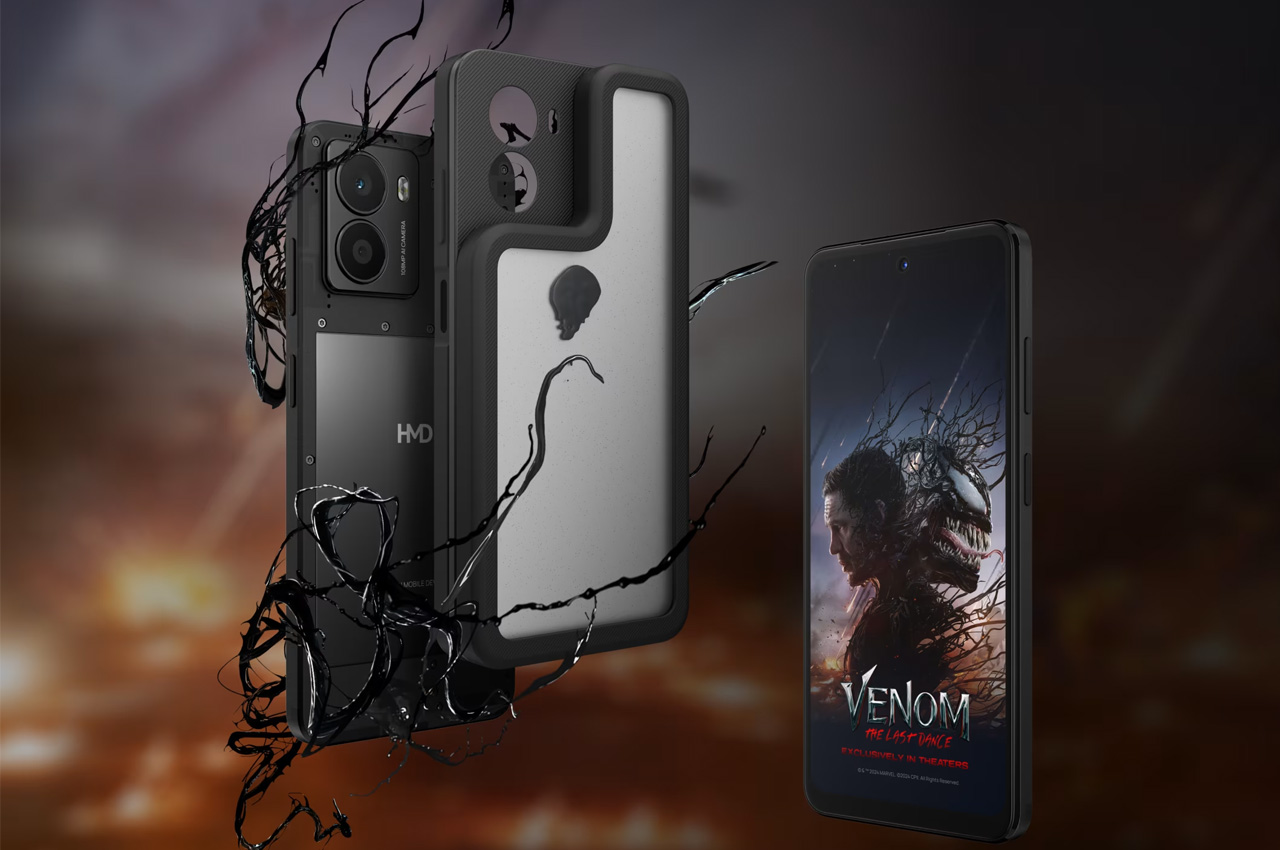
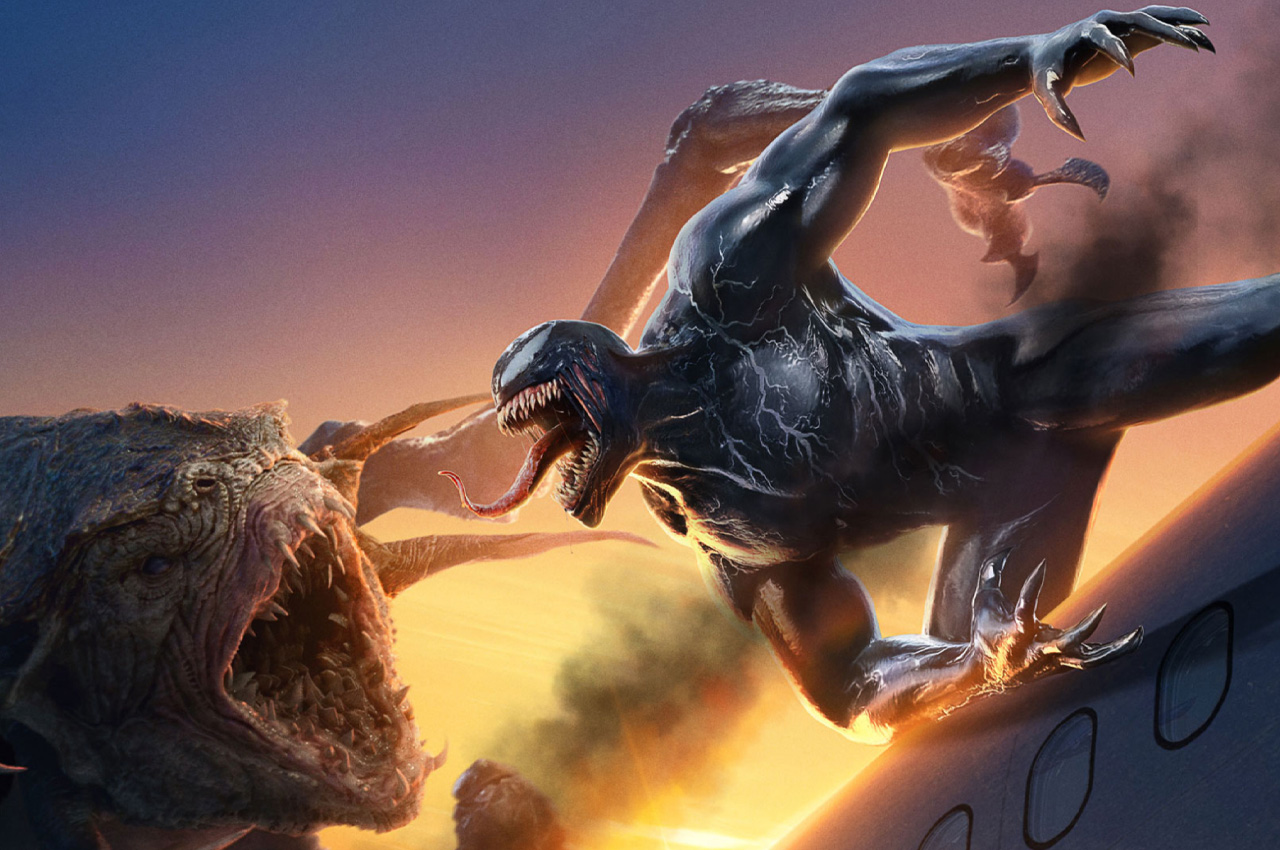
No matter how fascinating this may all seem, these outfits are only to showcase the unique possibilities of the Fusion and may not see the light of day. However, HMD allows interested ones with some technical skills and access to a 3D printer to create their own outfits or download wallpapers. The latest HMD smartphone is already available in Europe and pre-orders have started in the US.


The post HMD Fusion gets Venom-themed Smart Outfits that transform the phone and change its functionality first appeared on Yanko Design.
